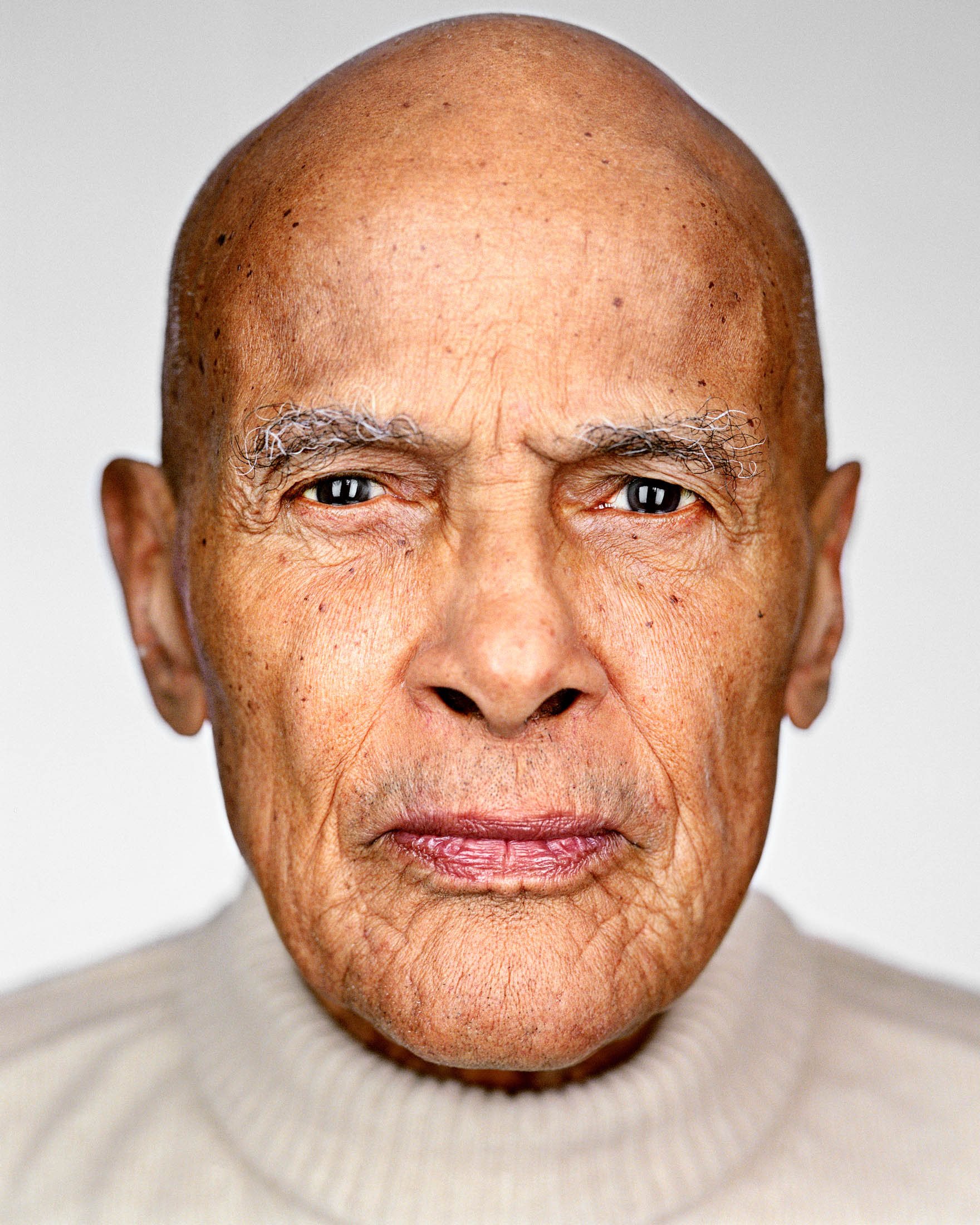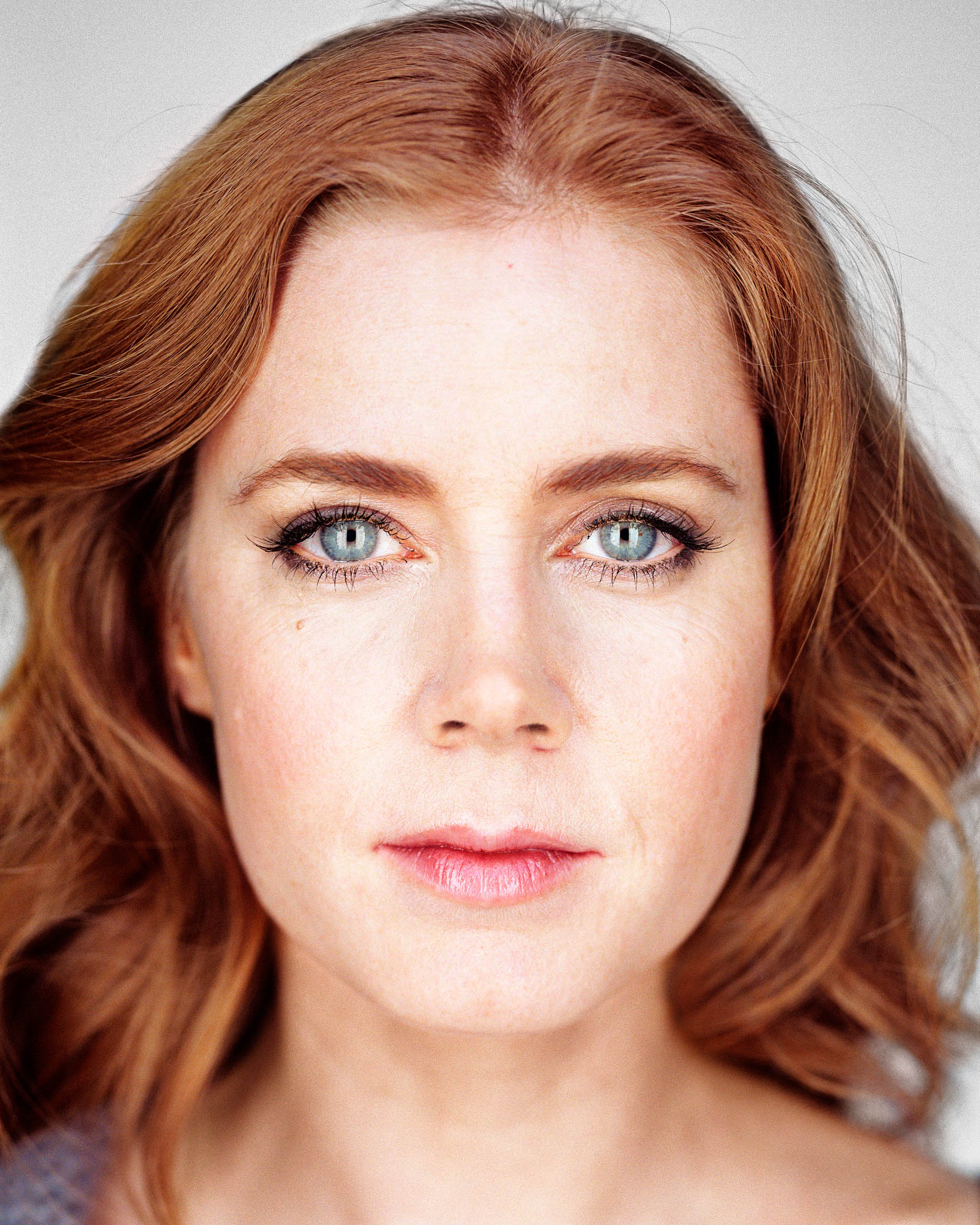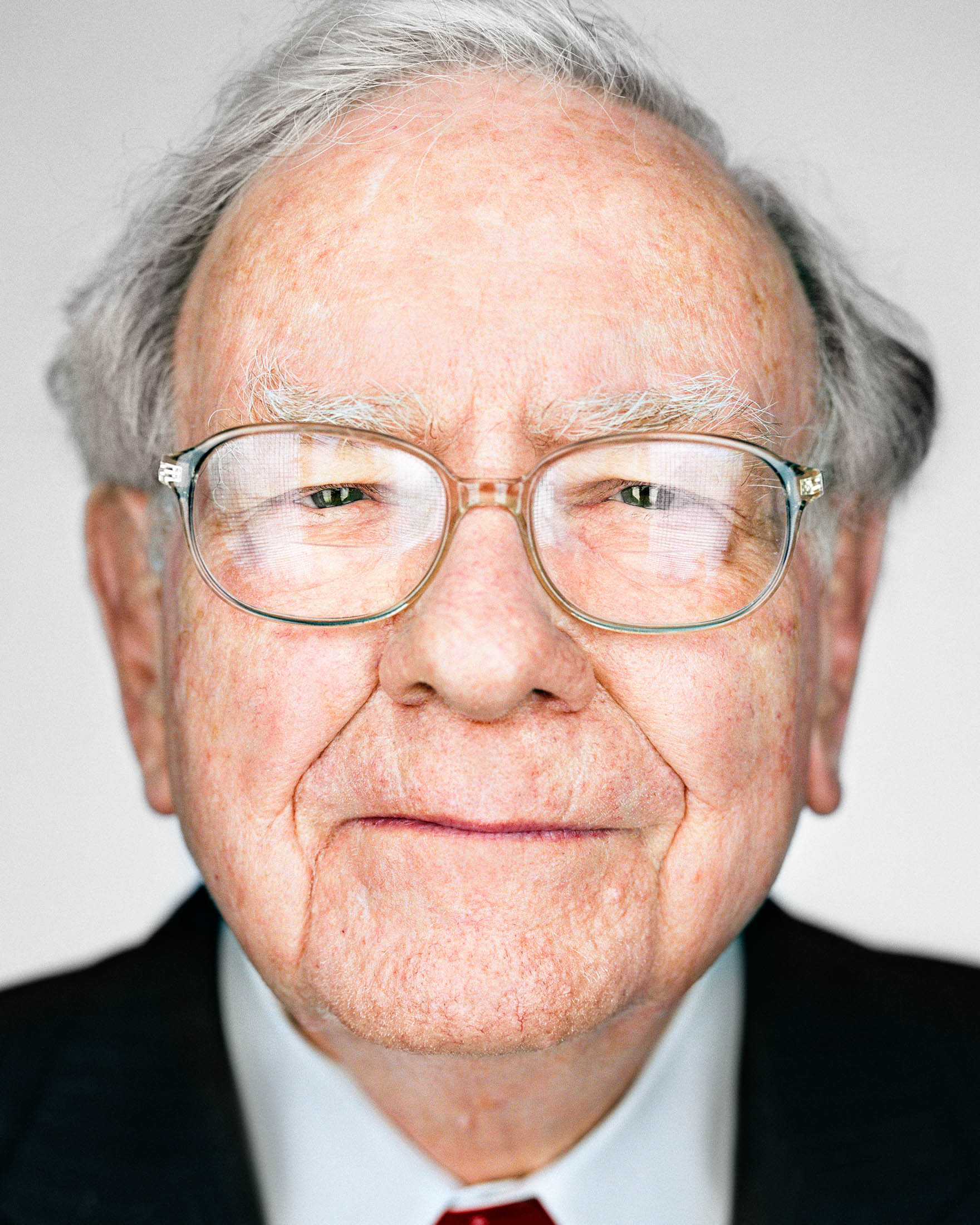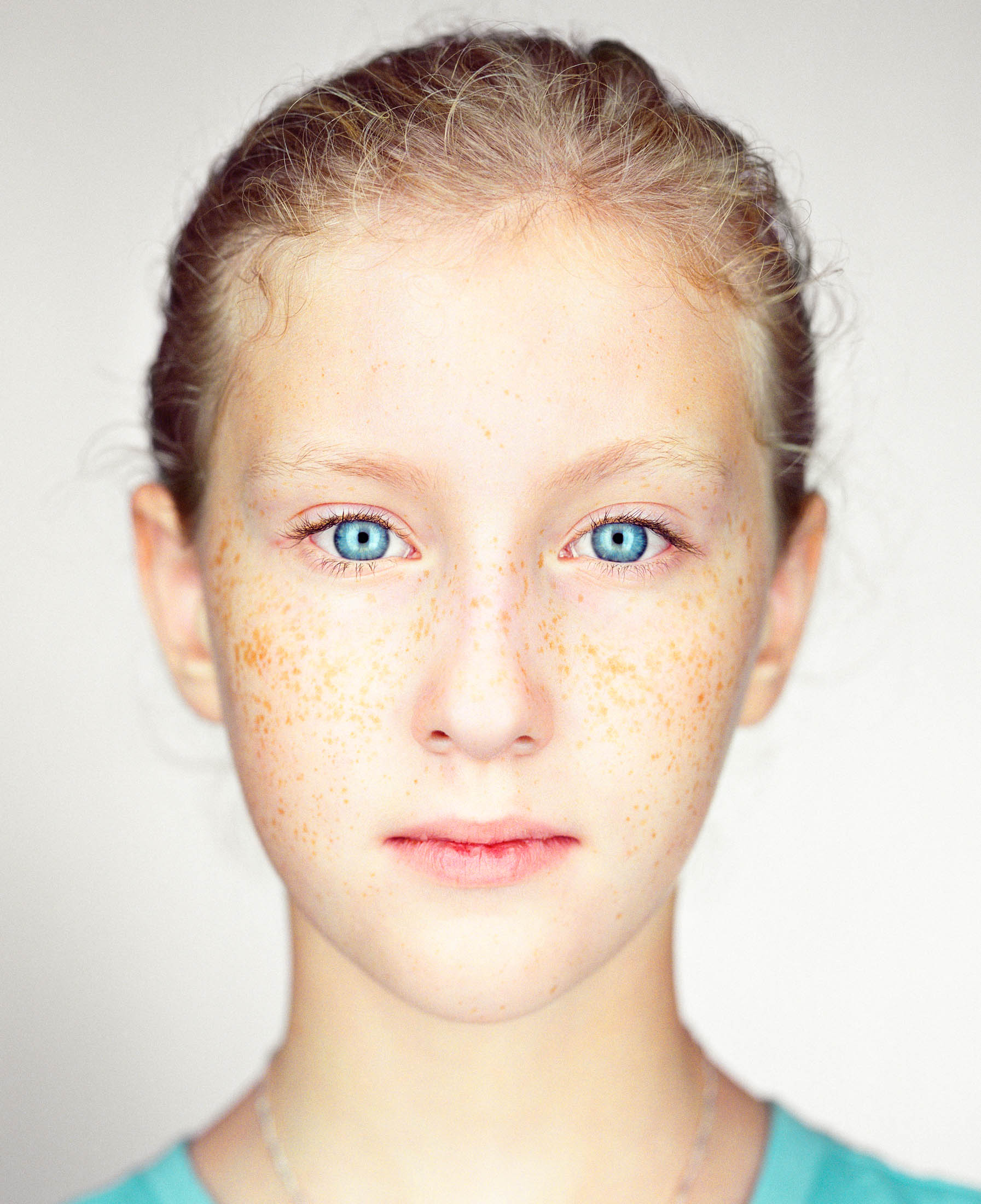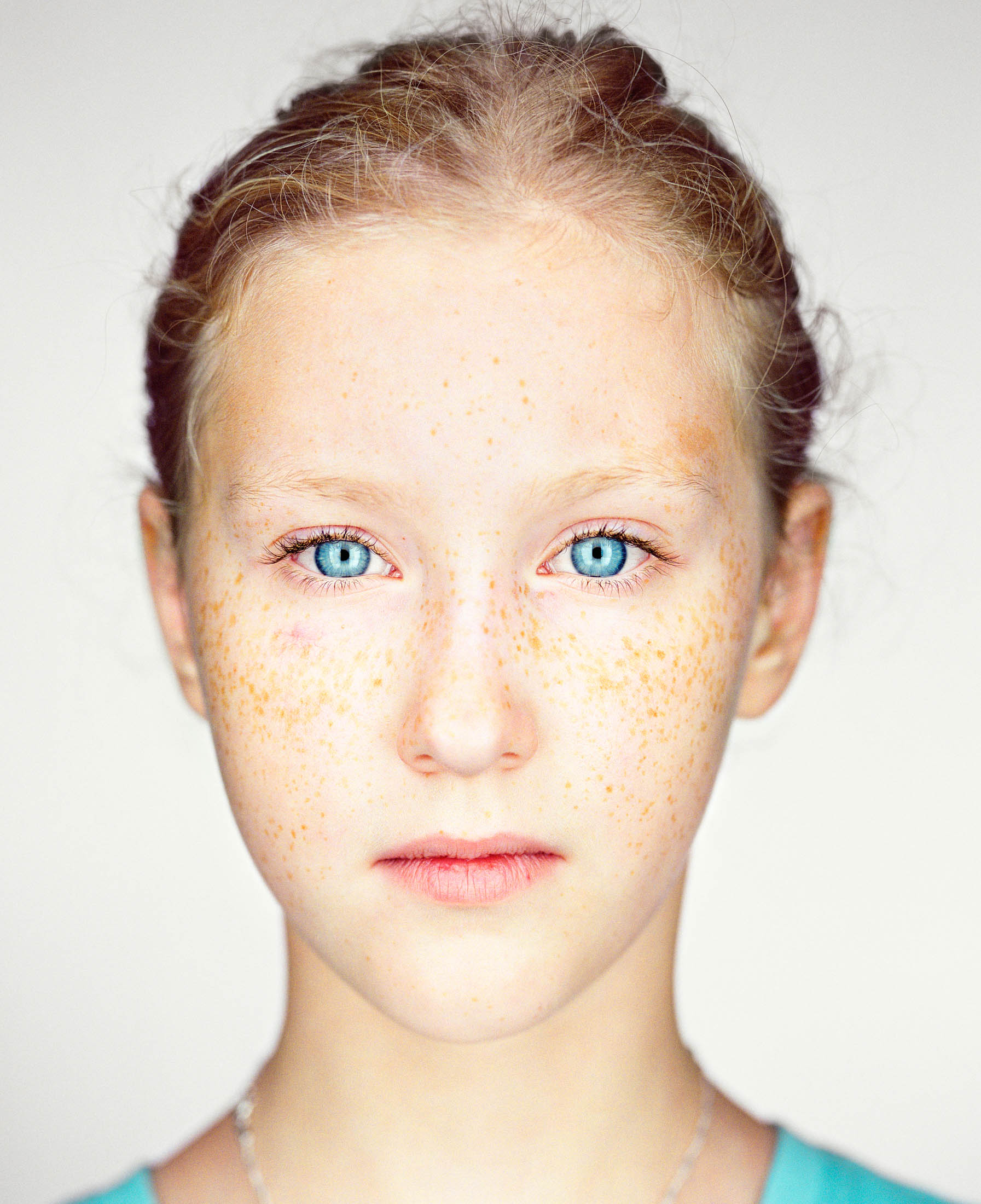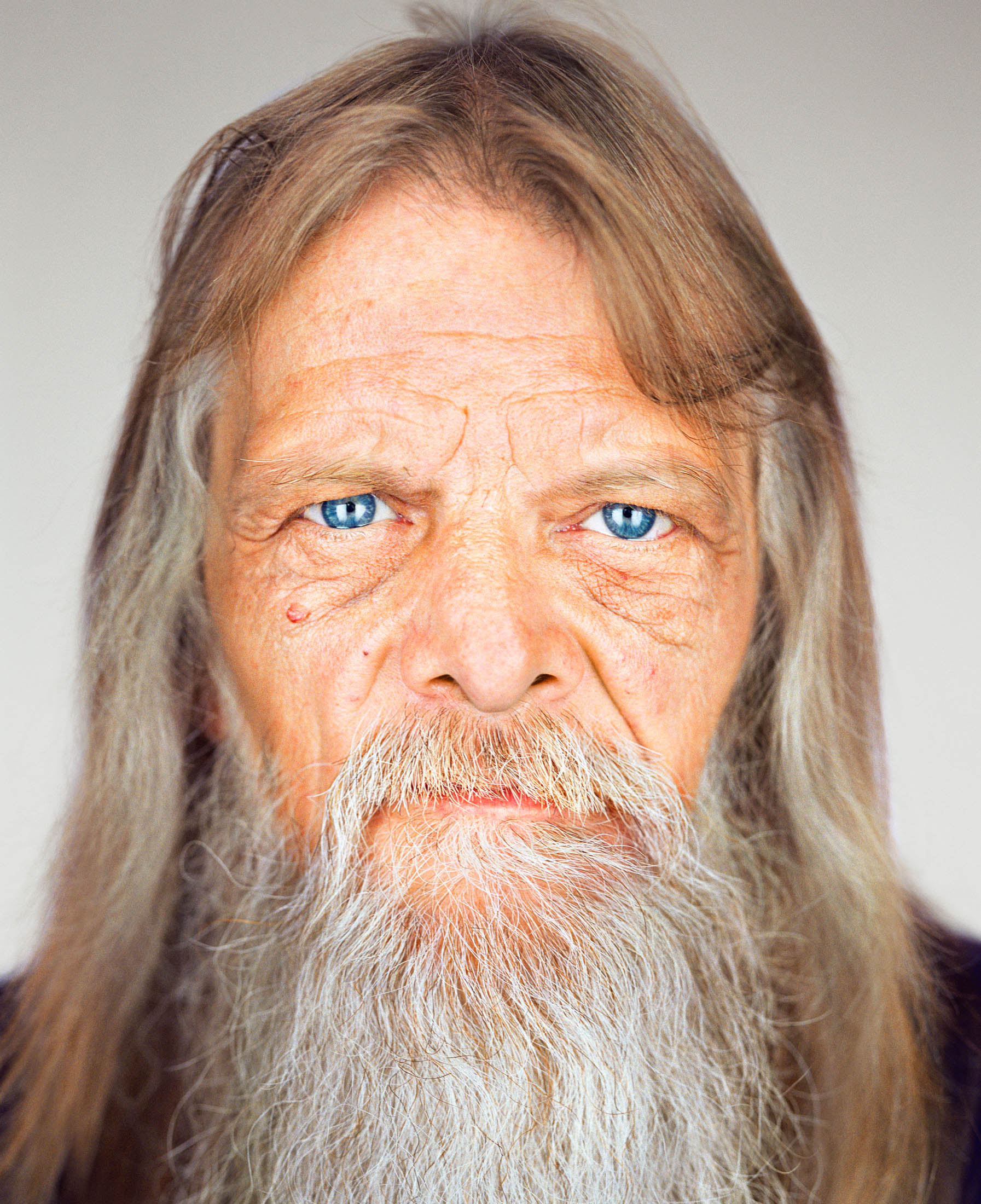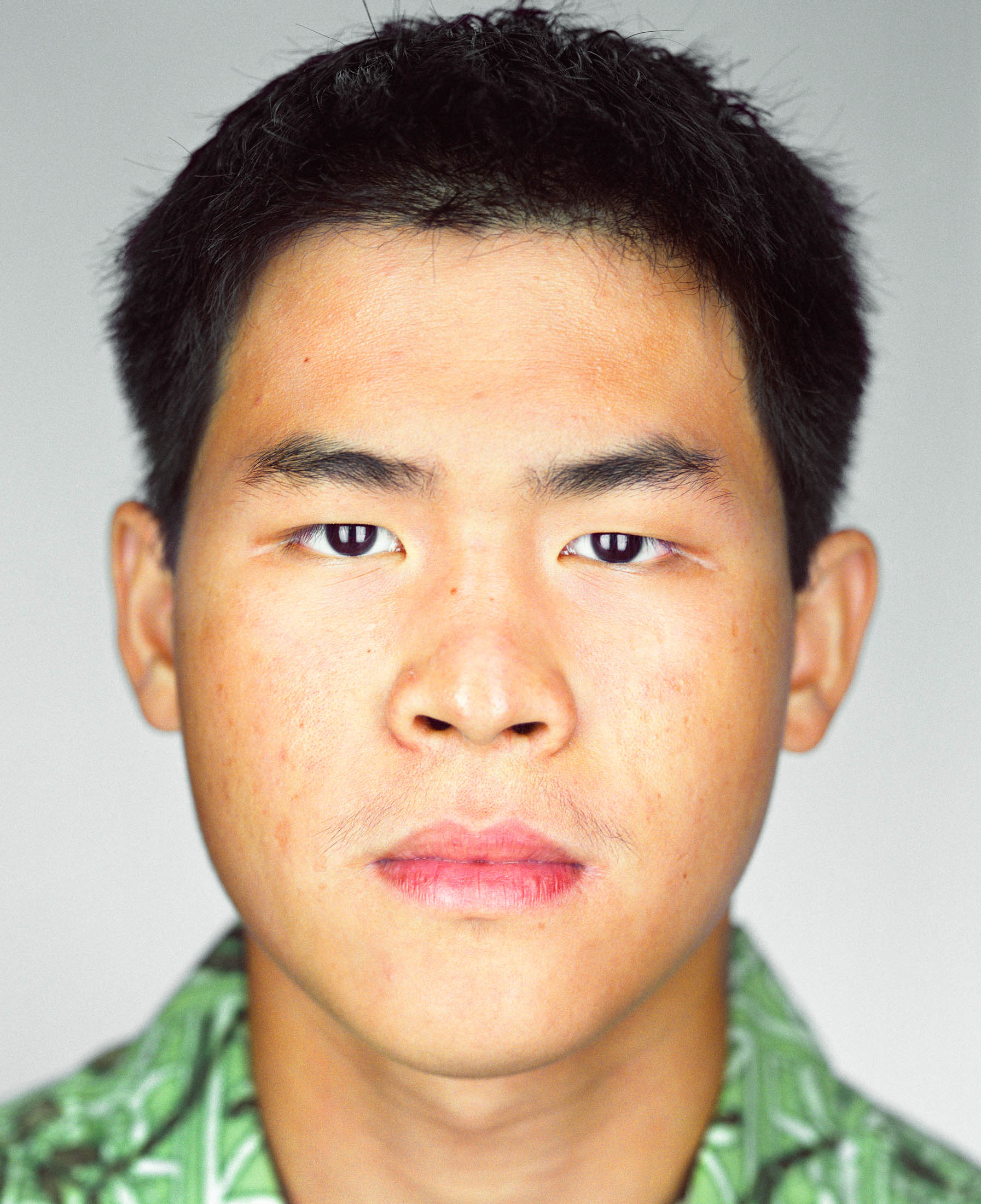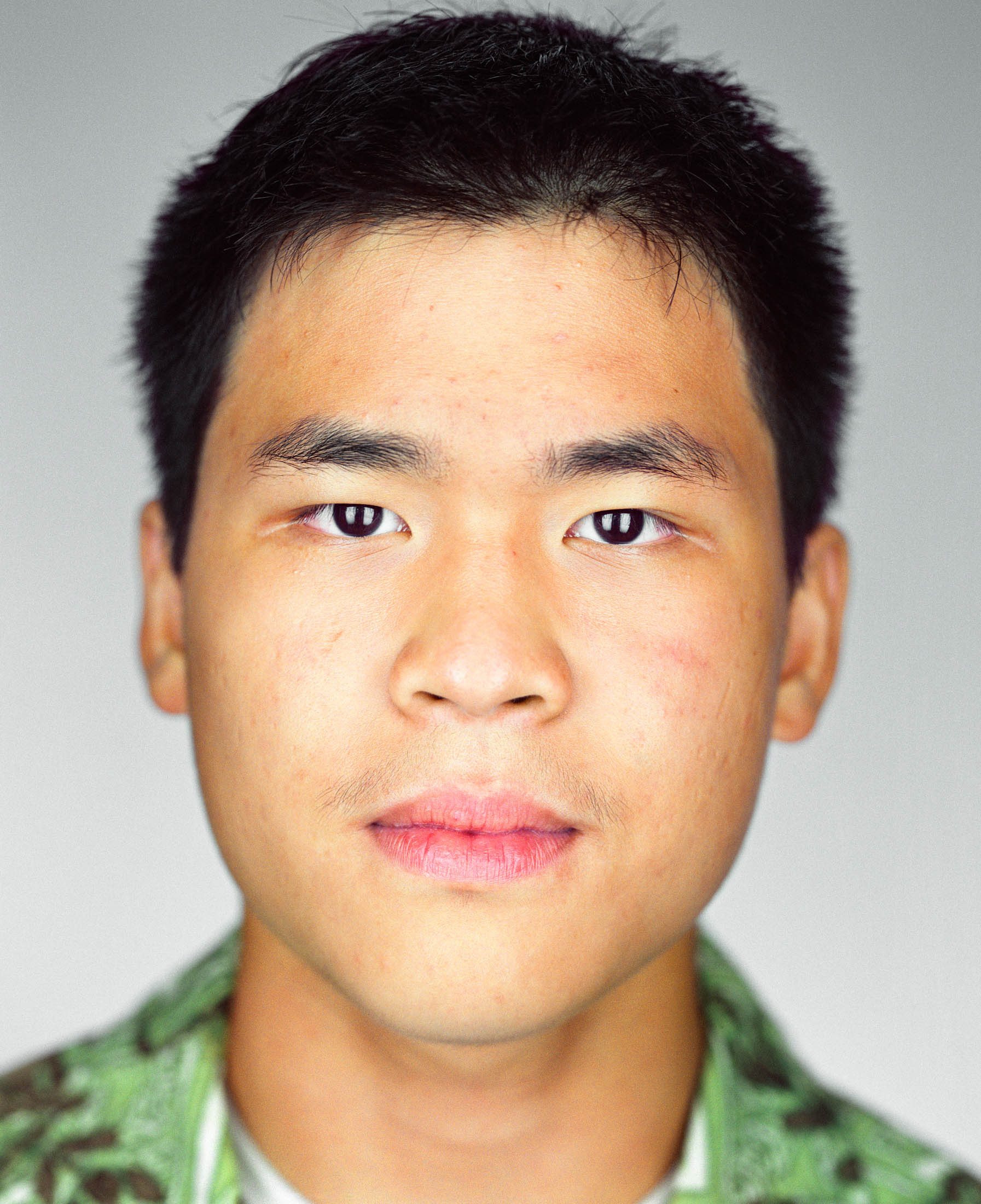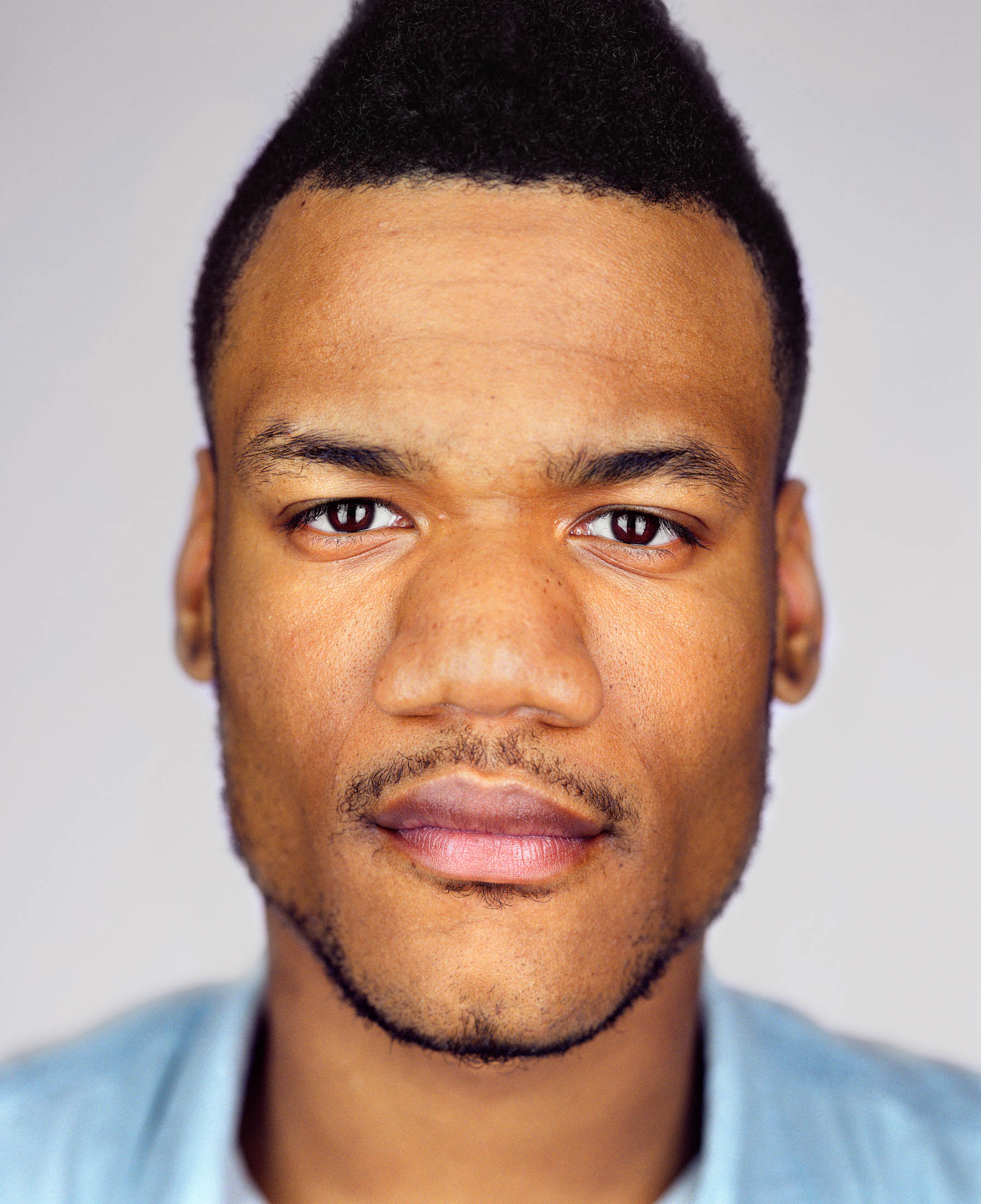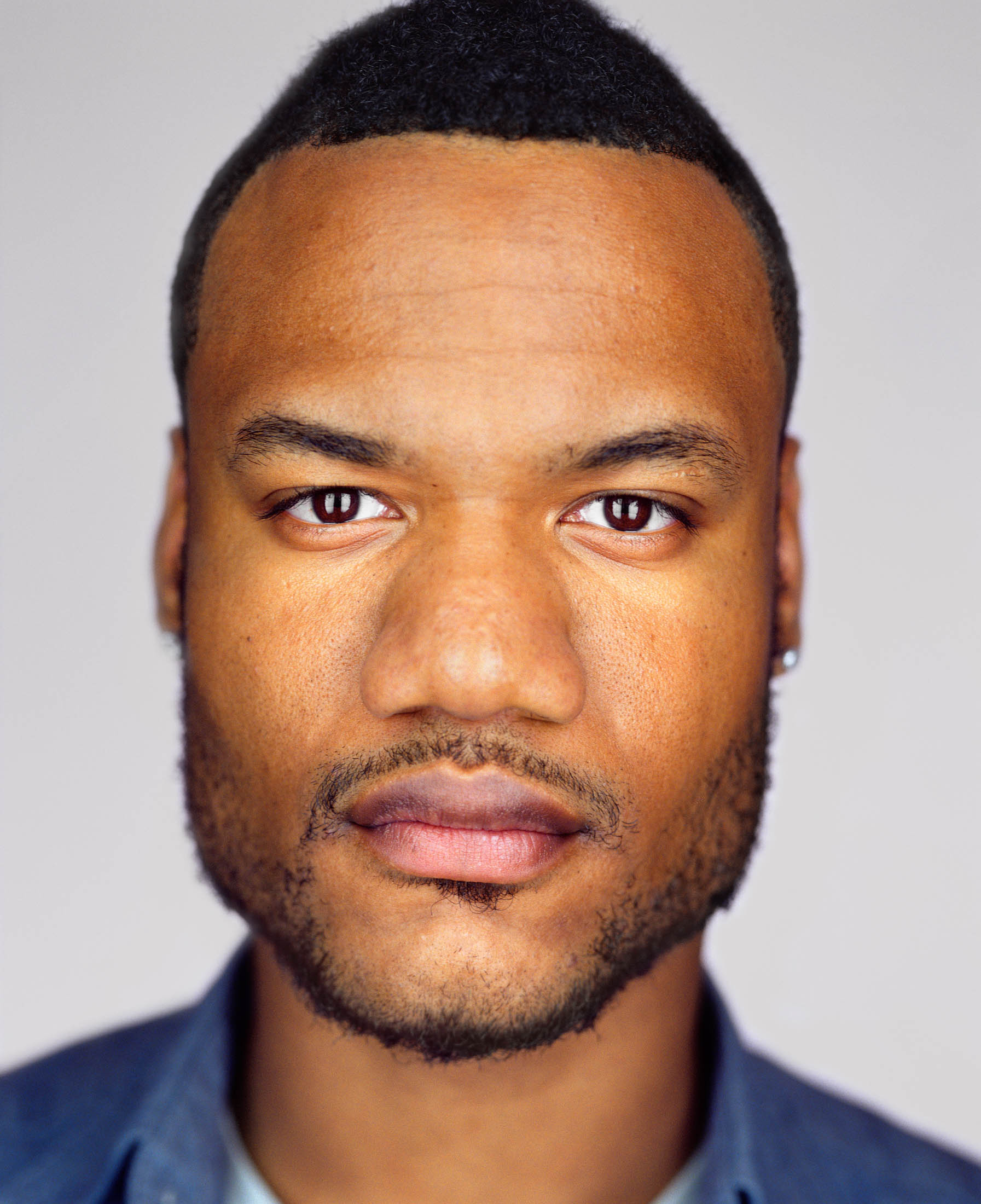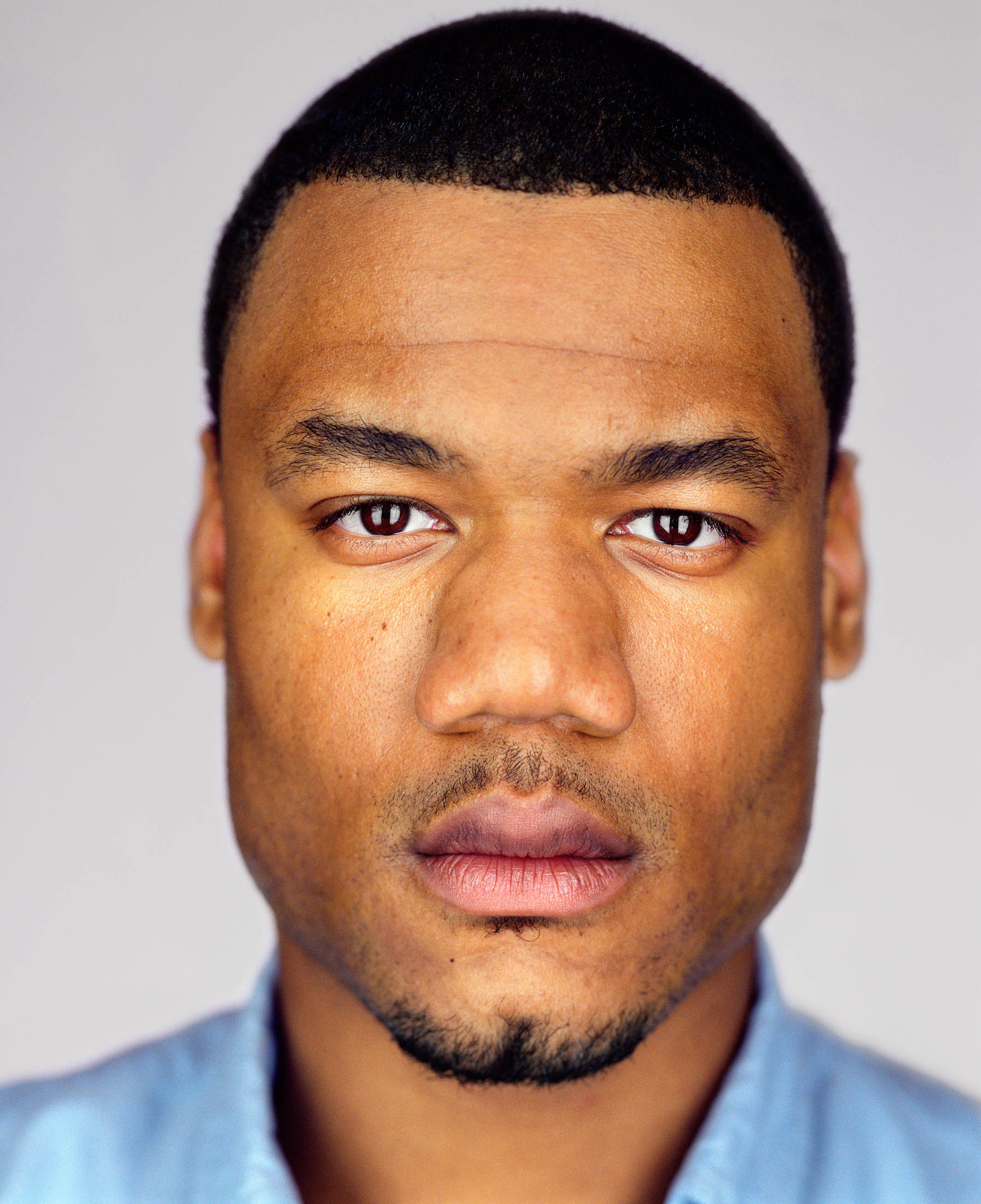
Cathy LeFrancois
Photographed at the
2008 Ms. International in Columbus, Ohio
Born February 12, 1971 in Amqui, Quebec, Canada
Resides in El Monte, California, USA
Cathy has been bodybuilding for 20 years, but says it seems like only yesterday that she started.
“It has been my whole life for 20 years, so it means everything to me. I have owned companies which sold bodybuilding supplements, clothing, and equipment. I don’t see myself stopping that kind of life.”
Competition Highlights: 2000 Ms. Olympia – 4th place lightweight; 2000 Ms. International – 3rd place; 2001-02 Ms. International – 4th place lightweight; 2003 Ms. Olympia – 4th place lightweight; 2003 Ms. International – 1st place lightweight; 2007 Sacramento Pro – 2nd place lightweight; 2008 New York Pro Show – 1st place
Born February 12, 1971 in Amqui, Quebec, Canada
Resides in El Monte, California, USA
Cathy has been bodybuilding for 20 years, but says it seems like only yesterday that she started.
“It has been my whole life for 20 years, so it means everything to me. I have owned companies which sold bodybuilding supplements, clothing, and equipment. I don’t see myself stopping that kind of life.”
Competition Highlights: 2000 Ms. Olympia – 4th place lightweight; 2000 Ms. International – 3rd place; 2001-02 Ms. International – 4th place lightweight; 2003 Ms. Olympia – 4th place lightweight; 2003 Ms. International – 1st place lightweight; 2007 Sacramento Pro – 2nd place lightweight; 2008 New York Pro Show – 1st place
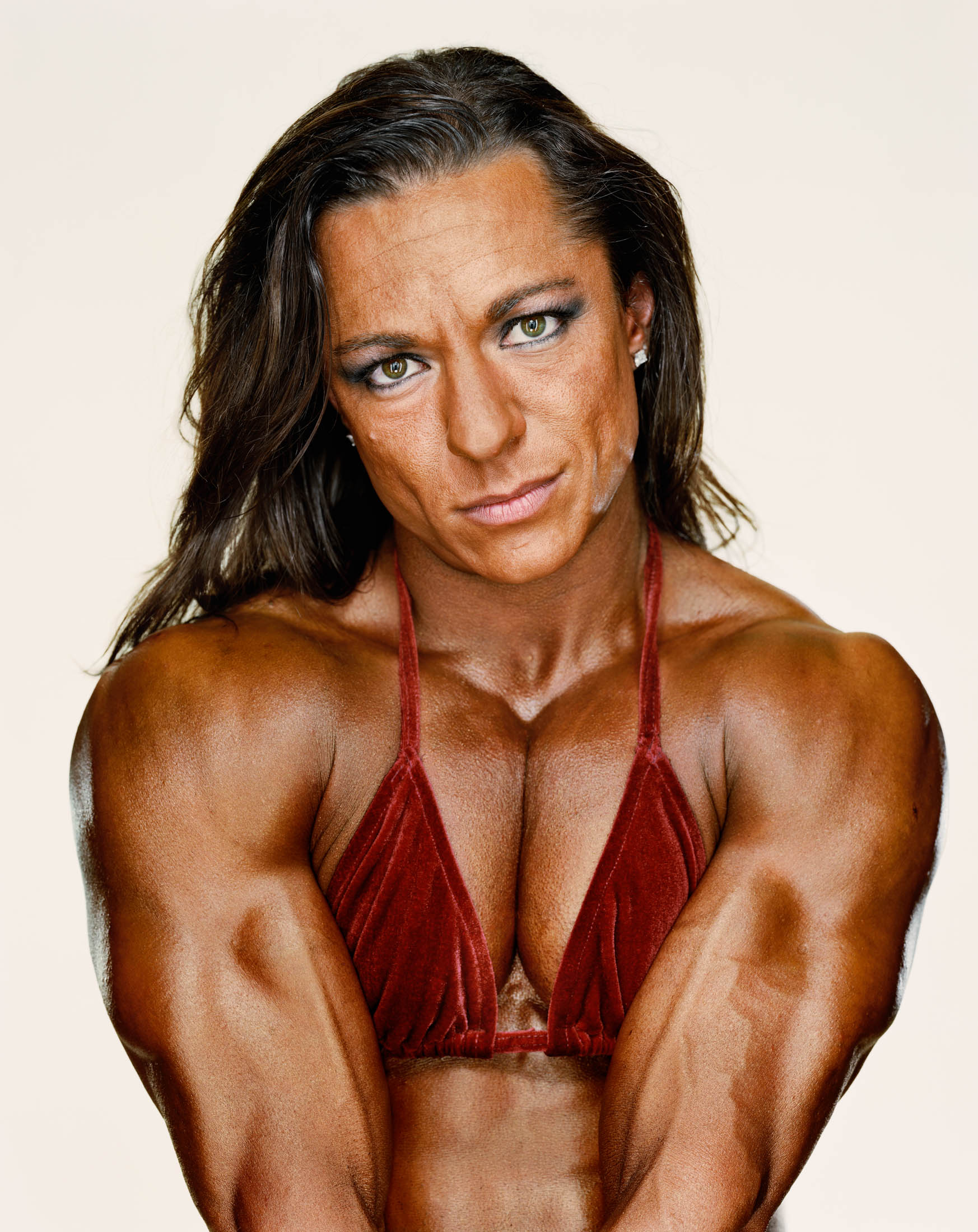
Nadia Nardi
Photographed at the 2007 Atlantic City Pro in Atlantic City, New Jersey
Born November 21, 1976 in Saskatoon, Saskatchewan, Canada
Resides in Victoria, British Columbia, Canada
Nadia has been bodybuilding for nine years and competing for seven. She turned pro at the Canadian Nationals in 2007.
“Bodybuilding is a form of self-expression and freedom. Freedom, in the sense that it has enabled me to be different. I certainly stand out in a crowd. It’s a depiction of strength, perserverance, dedication and patience. To me, bodybuilding is a hobby and a lifestyle. It’s also a great way to channel my energy and relieve my stress. My physique is a work in progress. I’m always striving for perfection. Ultimately, I’m trying to develop a balanced, symmetrical physique with enough muscle mass to fill out my frame.”
Competition Highlights: 2007 Canadian National Championship – 1st place middleweight and overall
Born November 21, 1976 in Saskatoon, Saskatchewan, Canada
Resides in Victoria, British Columbia, Canada
Nadia has been bodybuilding for nine years and competing for seven. She turned pro at the Canadian Nationals in 2007.
“Bodybuilding is a form of self-expression and freedom. Freedom, in the sense that it has enabled me to be different. I certainly stand out in a crowd. It’s a depiction of strength, perserverance, dedication and patience. To me, bodybuilding is a hobby and a lifestyle. It’s also a great way to channel my energy and relieve my stress. My physique is a work in progress. I’m always striving for perfection. Ultimately, I’m trying to develop a balanced, symmetrical physique with enough muscle mass to fill out my frame.”
Competition Highlights: 2007 Canadian National Championship – 1st place middleweight and overall
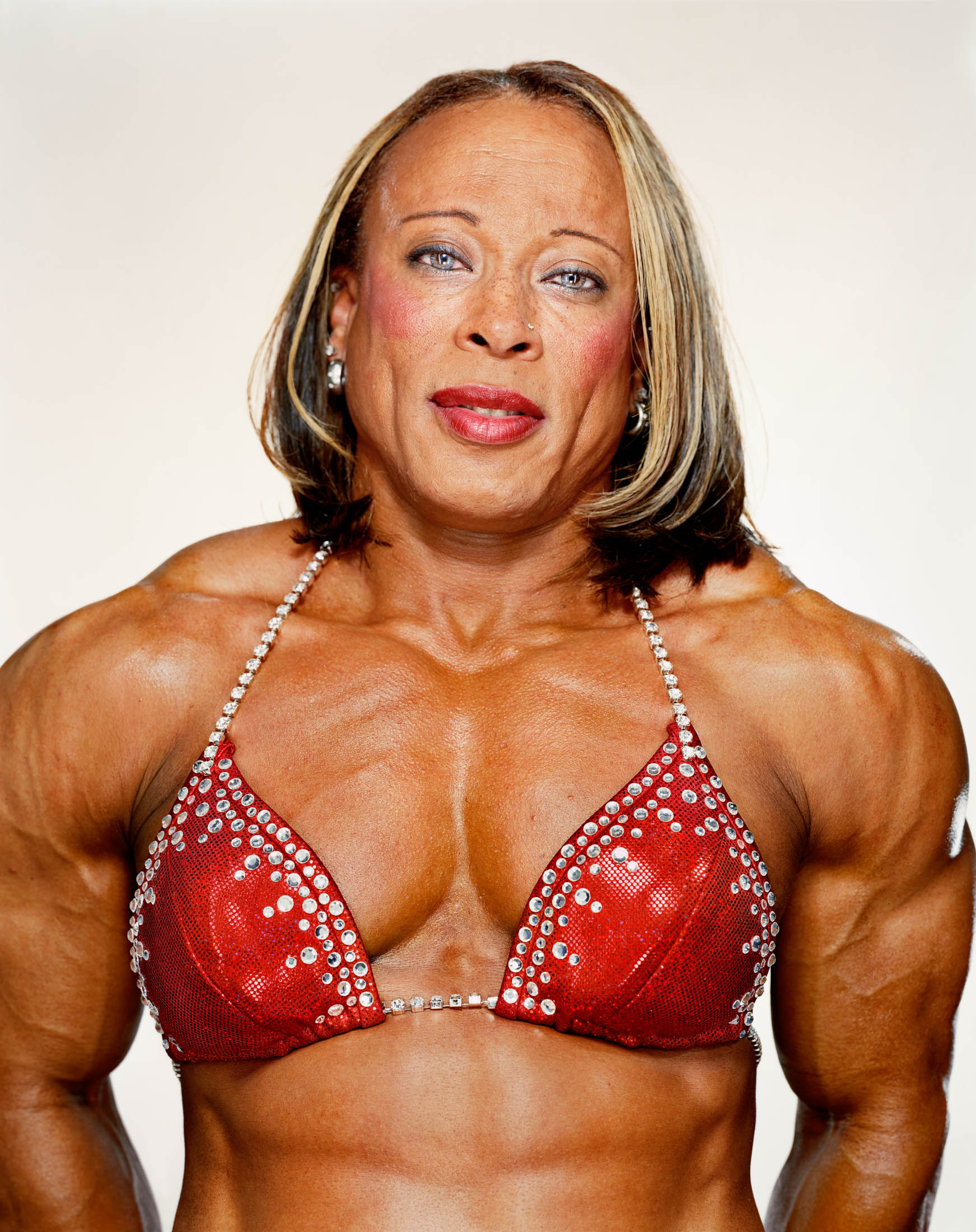
Rosemary Jennings
Photographed at the 2003 Ms. Olympia in Las Vegas, Nevada
Born April 5, 1963 in Barbados
Resides in Miami Beach, Florida, USA
Rosemary has been bodybuilding for 15 years, competing since 1997. She turned pro at the USA Championship, where she was the overall champion in 2002.
“[Bodybuilding] is a passion beyond words. To be able to create and structure your physique to that of a sculpture is simply amazing. Greatness.”
Competition Highlights: 2005 New York Pro Show – 1st place lightweight and overall
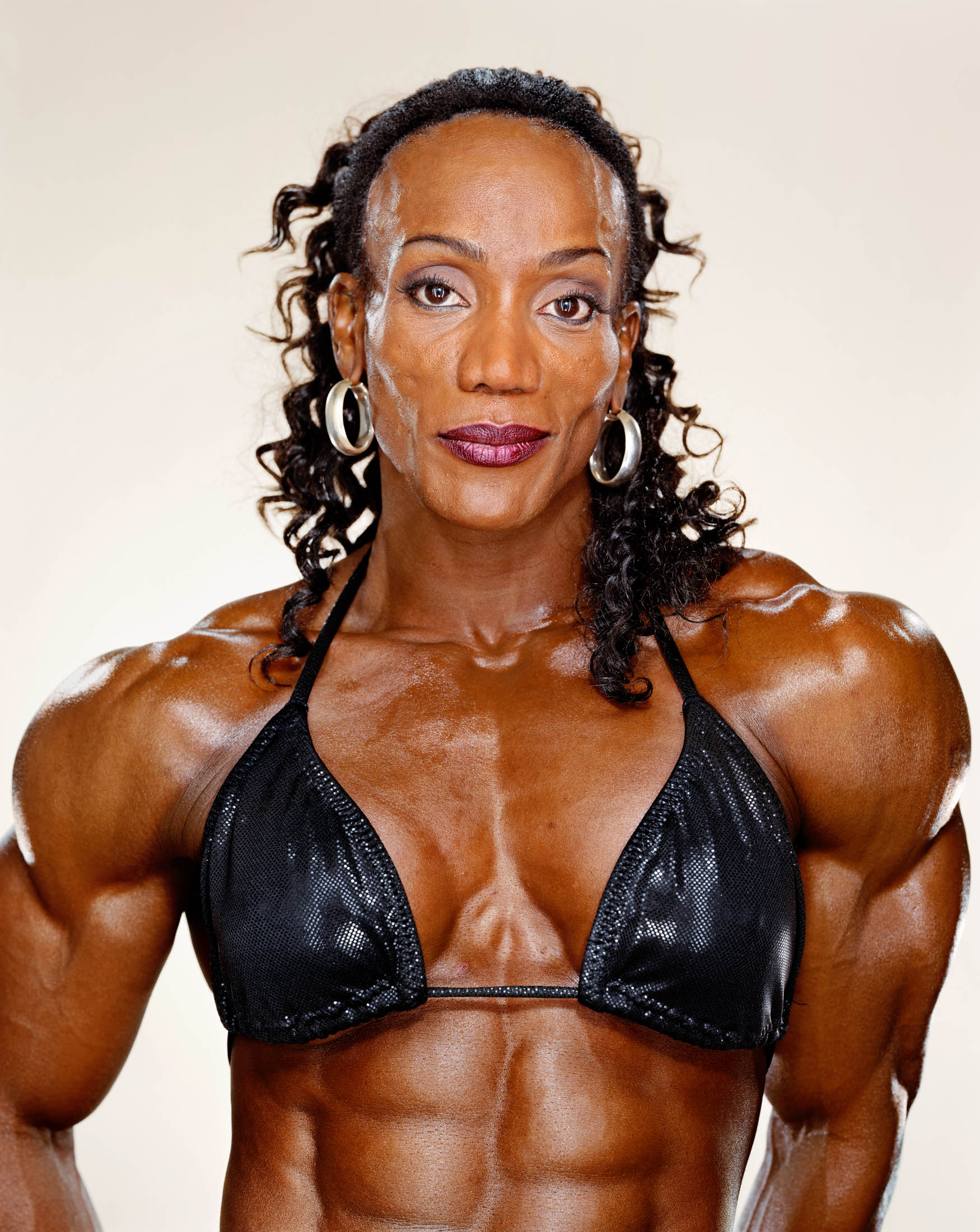
Lenda Murray
Photographed at the 2003 Ms. Olympia in Las Vegas, Nevada
Born February 22, 1962 in Detroit, Michigan, USA
Resides in Venice, California, USA
Lenda Murray has been a bodybuilder for 23 years and an athlete for 31 years. She turned pro at the North American Championship in Las Vegas August 1989.
“Through bodybuilding I’ve learned to think outside of the box. It’s given me a strong foundation to stand upon. No one decides what I should look like or what I can or cannot do. Today, I’m not just strong physically, but mentally.” In describing her goals for her physique Lenda says, “I strive for a balanced physique when I train. As I train a body part I feel like I’m sculpting. I’m conscious of what needs work and what does not. Symmetry is extremely important and it’s what I call... the complete package.” In 2004, Lenda retired from professional bodybuilding and remains the most successful bodybuilder in history.
Competition Highlights: 1985 Ms. Eastern Michigan – 1st place; 1988 Michigan State Championship – 1st place; 1988 Great Lakes Championship – 1st place; 1989 Jr. Nationals – 1st place; 1989 North American Championship – 1st place, 1990-95 and 2002-03 Ms. Olympia – 1st place
Born February 22, 1962 in Detroit, Michigan, USA
Resides in Venice, California, USA
Lenda Murray has been a bodybuilder for 23 years and an athlete for 31 years. She turned pro at the North American Championship in Las Vegas August 1989.
“Through bodybuilding I’ve learned to think outside of the box. It’s given me a strong foundation to stand upon. No one decides what I should look like or what I can or cannot do. Today, I’m not just strong physically, but mentally.” In describing her goals for her physique Lenda says, “I strive for a balanced physique when I train. As I train a body part I feel like I’m sculpting. I’m conscious of what needs work and what does not. Symmetry is extremely important and it’s what I call... the complete package.” In 2004, Lenda retired from professional bodybuilding and remains the most successful bodybuilder in history.
Competition Highlights: 1985 Ms. Eastern Michigan – 1st place; 1988 Michigan State Championship – 1st place; 1988 Great Lakes Championship – 1st place; 1989 Jr. Nationals – 1st place; 1989 North American Championship – 1st place, 1990-95 and 2002-03 Ms. Olympia – 1st place
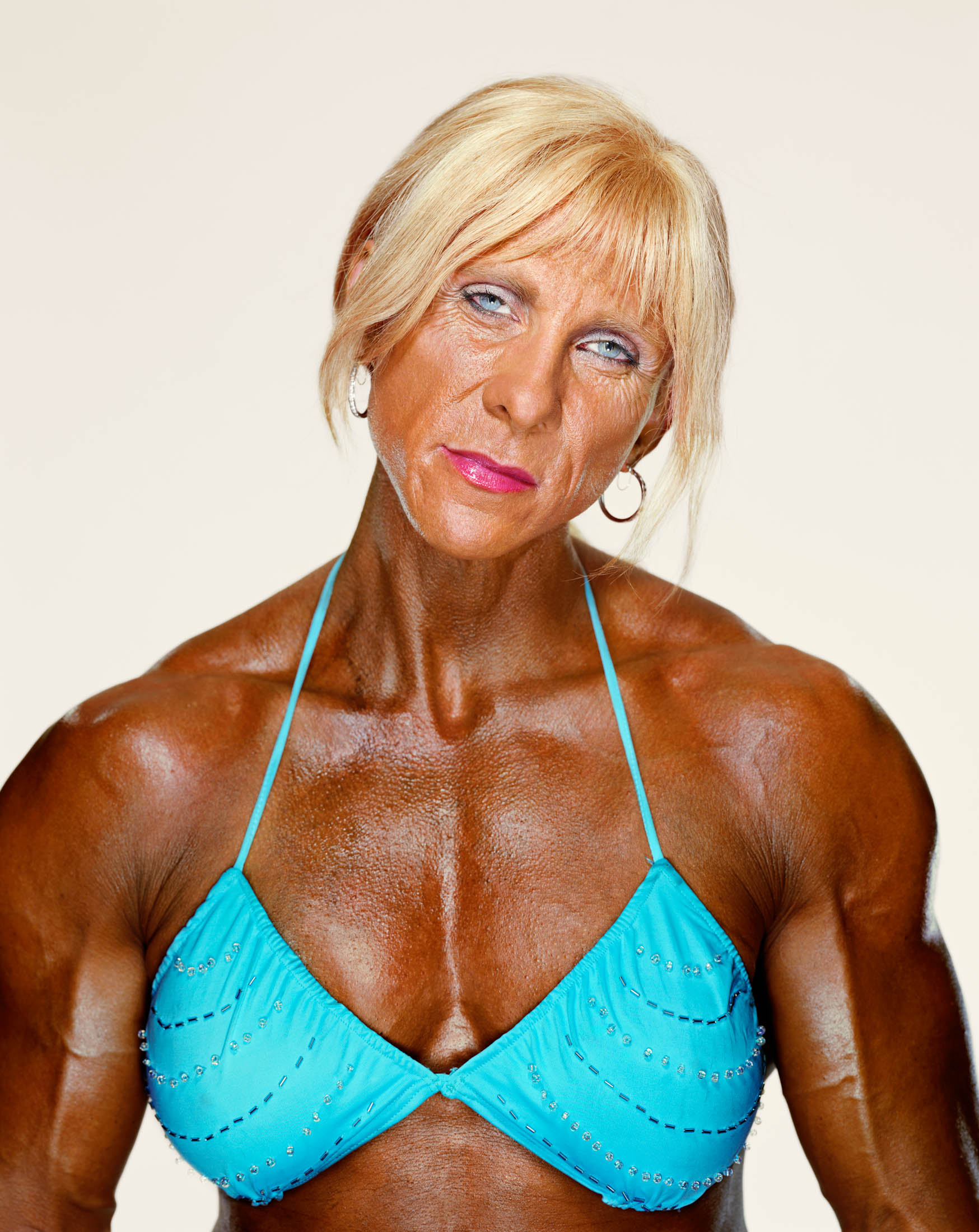
Sarah Bridges
Photographed at the 2007 Jan Tana Classic in Tarrytown, New York
Born June 8, 1970 in London, England
Resides in London, England
Nadia has been bodybuilding for nine years and competing for seven. She turned pro at the Canadian Nationals in 2007.
“Bodybuilding is a form of self-expression and freedom. Freedom, in the sense that it has enabled me to be different. I certainly stand out in a crowd. It’s a depiction of strength, perserverance, dedication and patience. To me, bodybuilding is a hobby and a lifestyle. It’s also a great way to channel my energy and relieve my stress. My physique is a work in progress. I’m always striving for perfection. Ultimately, I’m trying to develop a balanced, symmetrical physique with enough muscle mass to fill out my frame.”
Competition Highlights: 2007 Canadian National Championship – 1st place middleweight and overall
Born June 8, 1970 in London, England
Resides in London, England
Nadia has been bodybuilding for nine years and competing for seven. She turned pro at the Canadian Nationals in 2007.
“Bodybuilding is a form of self-expression and freedom. Freedom, in the sense that it has enabled me to be different. I certainly stand out in a crowd. It’s a depiction of strength, perserverance, dedication and patience. To me, bodybuilding is a hobby and a lifestyle. It’s also a great way to channel my energy and relieve my stress. My physique is a work in progress. I’m always striving for perfection. Ultimately, I’m trying to develop a balanced, symmetrical physique with enough muscle mass to fill out my frame.”
Competition Highlights: 2007 Canadian National Championship – 1st place middleweight and overall
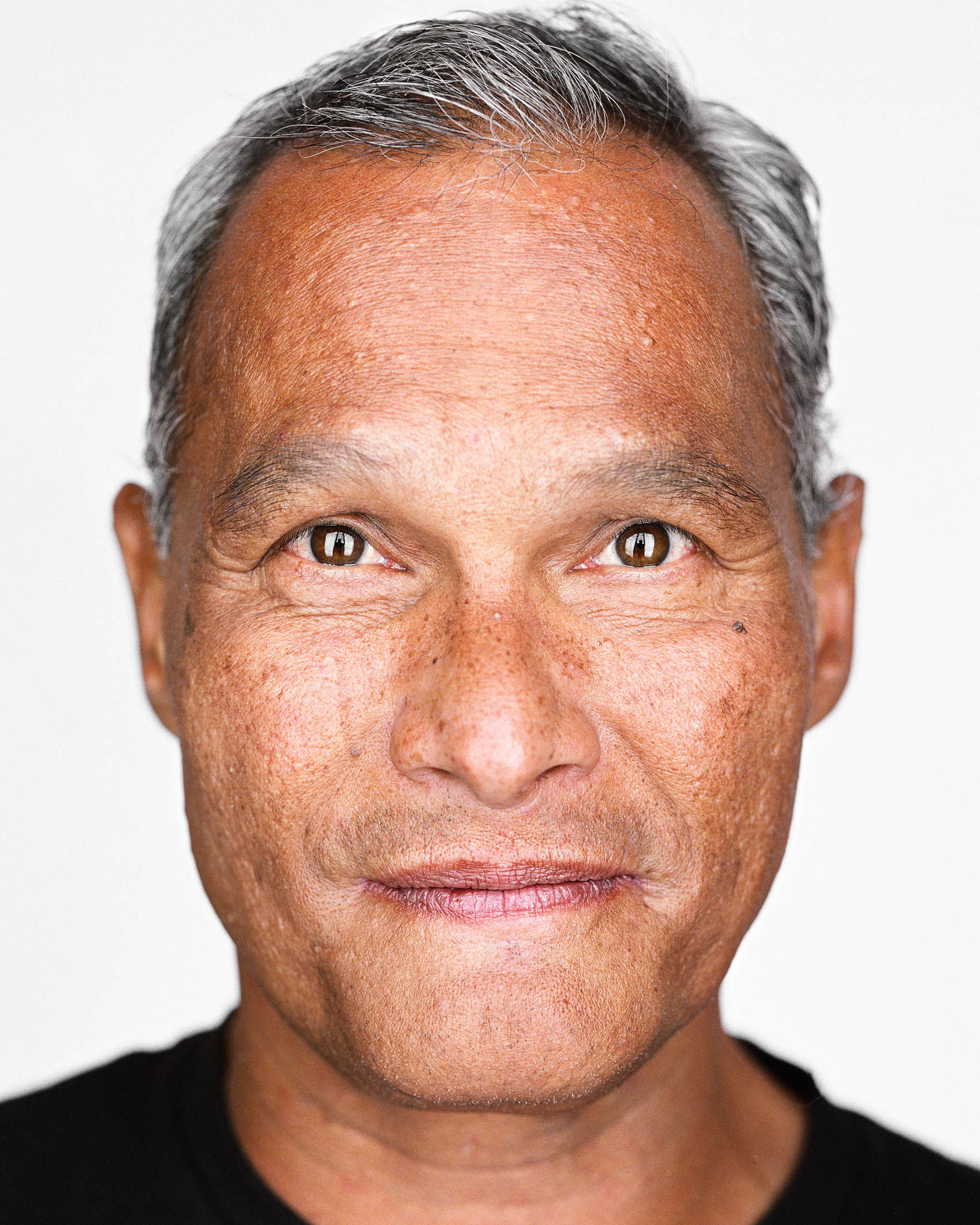
Joseph
Martin: "So you work with the Food Coalition?”
Joseph: “Yes, I’m a volunteer mostly any days that I’m here but mostly on Tuesdays I’m here and whenever Ted needs me. ‘Cause I was homeless, well, I’m homeless now, and they do so much for everyone, for all of us, and so I like to just give back. It makes me feel good and it gives me something to do that's positive.”
M: “Do you work on the line or do you work in the kitchen?”
J: “I work on the line, yeah. I do the [task?] board. I keep everyone in order. I try.”
M: “That can be tough sometimes.”
J: “Yes, yes. But it’s definitely worth it ‘cause everyone says ‘thank you’ to me and it just... It's a good feeling.”
Joseph: “Yes, I’m a volunteer mostly any days that I’m here but mostly on Tuesdays I’m here and whenever Ted needs me. ‘Cause I was homeless, well, I’m homeless now, and they do so much for everyone, for all of us, and so I like to just give back. It makes me feel good and it gives me something to do that's positive.”
M: “Do you work on the line or do you work in the kitchen?”
J: “I work on the line, yeah. I do the [task?] board. I keep everyone in order. I try.”
M: “That can be tough sometimes.”
J: “Yes, yes. But it’s definitely worth it ‘cause everyone says ‘thank you’ to me and it just... It's a good feeling.”

Ivory Sears
Ivory: “A lot of shelters have bed bugs. That’s why I stay away from shelters. I just eat at the shelters, I don’t sleep at the shelters. I’d rather sleep outdoors somewhere. I know I have clean linen and stuff in my suitcase. I carry my house with me. It’s my suitcase. I sleep right up the street. I say 'I’m gonna keep on keeping on.' It keeps my health and strength up, do what I need to do daily. Stay with the word, stay with the man upstairs."

Sharon
Sharon: “I’m dying of cancer. I’ve survived it for sixteen years. I’m not homeless by choice. I was forced into it. I’ve been working with the Food Coalition for twelve years now and I help provide people who are disabled and challenged to get medical services with the UCLA Medical Group.”
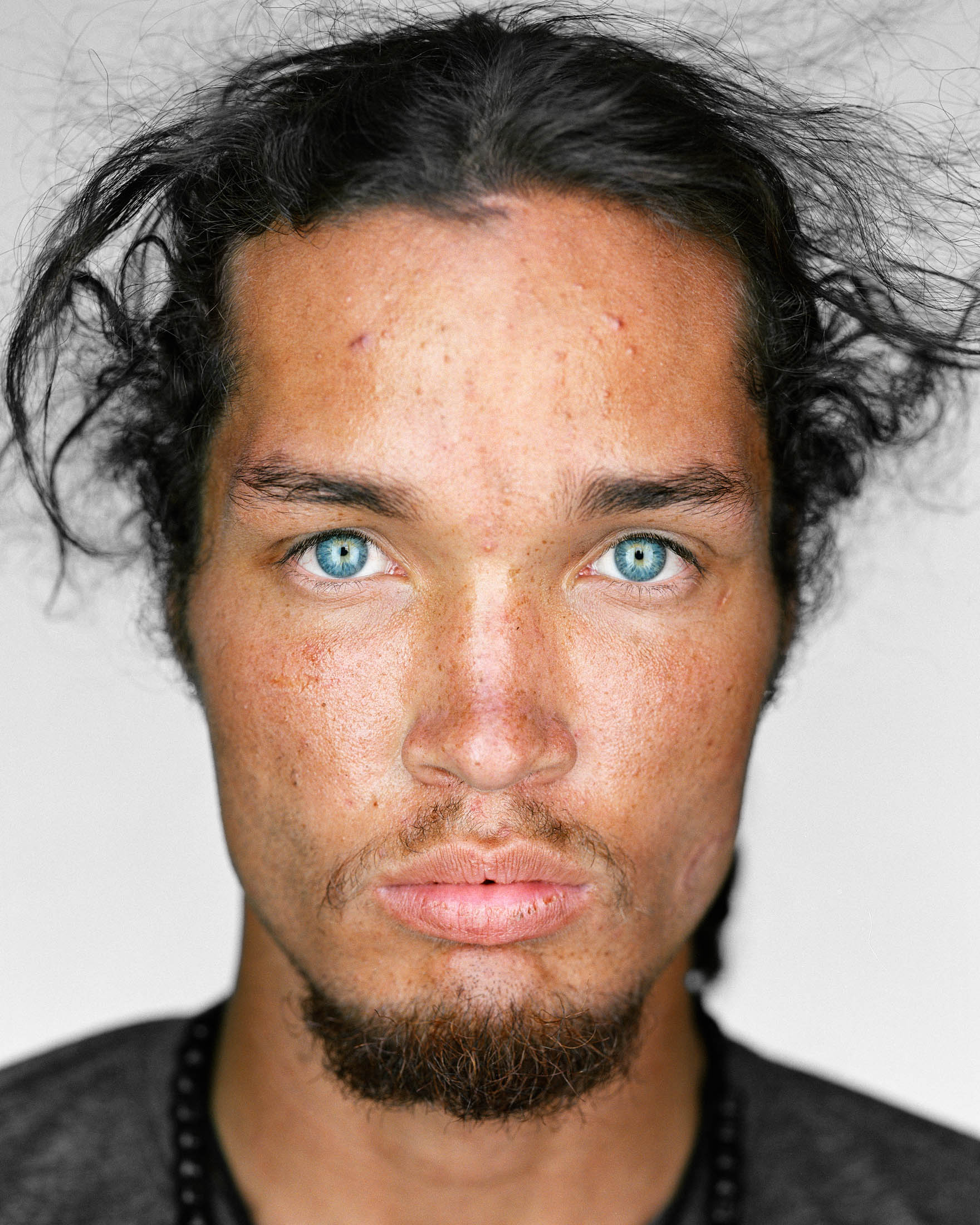
Morgan Blake Tevin
Martin: “Are you originally from LA?”
Morgan: “I’m from Compton.”
Martin: “There’s a new movie ‘Straight Outta Compton’ it’s supposed to be… Have you seen it?”
Morgan: “It was amazing. It was an amazing and heartfelt documentary in my mind because they paved the way for young brothers out the ‘hood, they not only have to sell a sack or play some ball to get out, they could get a microphone or on top that they could even go get a job.”
Morgan: “I’m from Compton.”
Martin: “There’s a new movie ‘Straight Outta Compton’ it’s supposed to be… Have you seen it?”
Morgan: “It was amazing. It was an amazing and heartfelt documentary in my mind because they paved the way for young brothers out the ‘hood, they not only have to sell a sack or play some ball to get out, they could get a microphone or on top that they could even go get a job.”

Emily
Martin: “So you’re living on the street?”
Emily: “I live in my truck, yes. It’s a big suburban.”
M: “How long have you been living in the truck?”
E: “I got the truck about a year and a half ago. So before that I was a hitchhiker and I went all over the country. I’ve been to Pennsylvania, so beautiful.”
M: “All by yourself?”
E: “Well no, it was with my boyfriend. I never travel alone because I’m a girl and I think that can be very dicey.”
M: “And looking for a job? Is that tough out here?”
E: “I found a job. I work at Panera Bread. And they just recently found out that I live in my truck, but I always keep myself very clean. I shower regularly. They don’t mind ‘cause they know I’m trying to step up and get an apartment. I’m not gonna stay in my truck forever.”
Emily: “I live in my truck, yes. It’s a big suburban.”
M: “How long have you been living in the truck?”
E: “I got the truck about a year and a half ago. So before that I was a hitchhiker and I went all over the country. I’ve been to Pennsylvania, so beautiful.”
M: “All by yourself?”
E: “Well no, it was with my boyfriend. I never travel alone because I’m a girl and I think that can be very dicey.”
M: “And looking for a job? Is that tough out here?”
E: “I found a job. I work at Panera Bread. And they just recently found out that I live in my truck, but I always keep myself very clean. I shower regularly. They don’t mind ‘cause they know I’m trying to step up and get an apartment. I’m not gonna stay in my truck forever.”
Shujaa Graham
Joaquin Martinez
Sabrina Butler-Smith
Kwame Ajamu
Gary Drinkhard
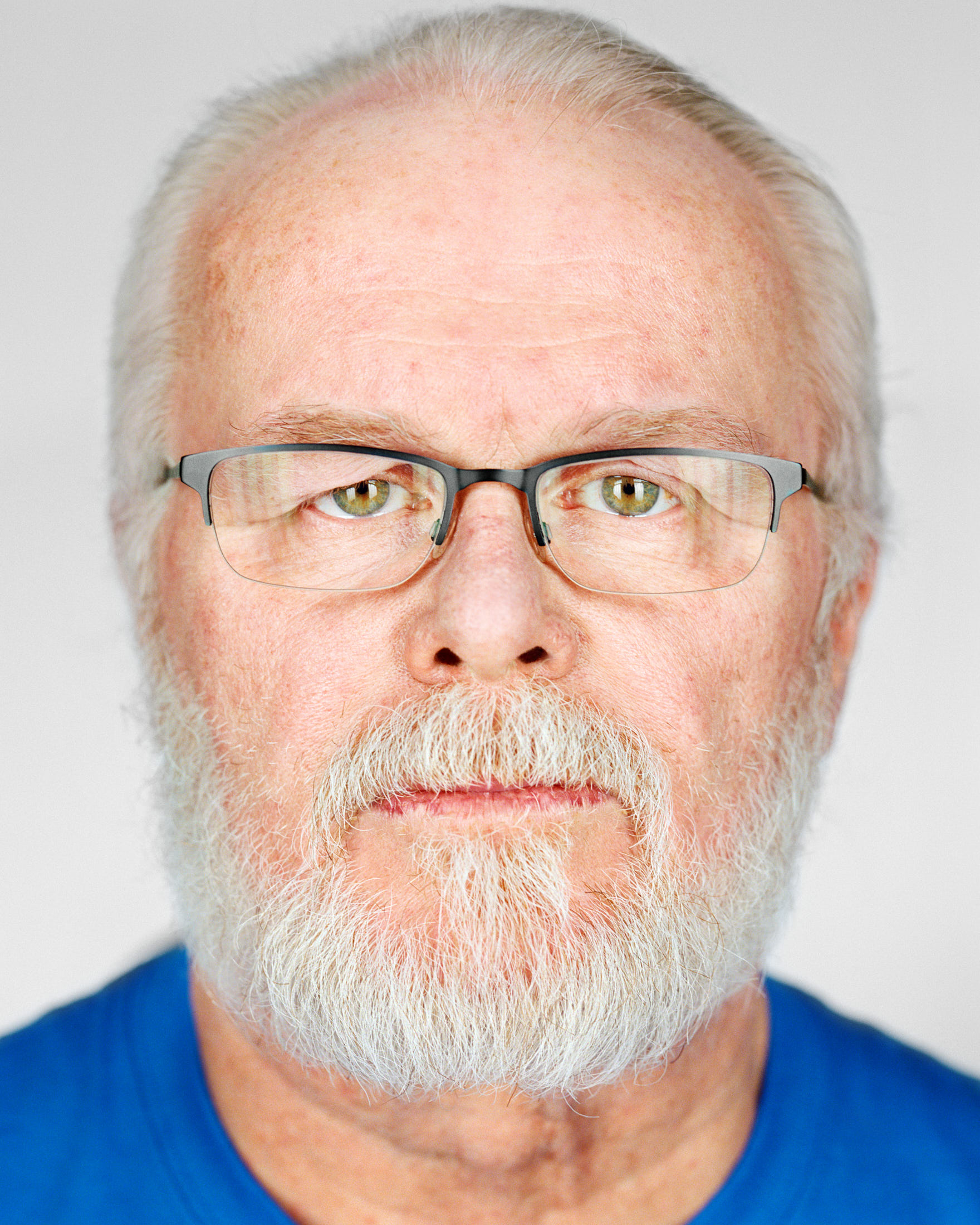
Kirk Bloodsworth
Kirk Bloodsworth
spent eight years, ten months, and nineteen days in prison, two years on death row for a crime he did not commit.
“I remember people in the courtroom calling me a child killer. That hurt the most, you know? I’d never hurt a child. But they branded me this, and it stuck too for a long, long time. Even 10 years I got out people were still calling me a child killer. There are air vents in the prison, and I could hear the cat calls coming from the air vents. ‘Kirk... Kirk... We’re gonna get you Kirk. We’re gonna do to you what you did to that little girl.’ Every day, every day, for the longest kind of time. And that was my life. all the time. And it continued even in the courtroom, you know. So when the gavel came down on my life after a two week trial, the courtroom erupted in applause. ‘Give him the gas and kill his ass’ they said. Both trials, same thing. They partied until four o’clock in the morning to my execution. I was scared to death, I’m not going to lie to you. Thank God for DNA though. Yeah. DNA, man. Saved my life.”
While working in the prison library, Kirk read about a new breakthrough—DNA fingerprinting. In 1992, he lobbied successfully for its use on his case. The tests established Kirk’s innocence. He was released in June 1993 and fully pardoned in 1994. His was the first capital case to be exonerated by post-conviction DNA evidence.
Since his exoneration, Kirk has devoted himself to abolishing the death penalty and addressing wrongful convictions. He is a leader in the movement for criminal justice reform, and the mutual support and camaraderie of his fellow exonerees is the beating heart for his work. He was a member of Witness to Innocence since its inception and served in several board and staff roles before his current role as Executive Director. After teaching himself the art of silversmithing, Kirk created signature “exoneree” and “death row exoneree” 28g sterling silver rings, which he has gifted to more than 200 exonerees to date. He currently serves on the board of the Innocence Network.
“I remember people in the courtroom calling me a child killer. That hurt the most, you know? I’d never hurt a child. But they branded me this, and it stuck too for a long, long time. Even 10 years I got out people were still calling me a child killer. There are air vents in the prison, and I could hear the cat calls coming from the air vents. ‘Kirk... Kirk... We’re gonna get you Kirk. We’re gonna do to you what you did to that little girl.’ Every day, every day, for the longest kind of time. And that was my life. all the time. And it continued even in the courtroom, you know. So when the gavel came down on my life after a two week trial, the courtroom erupted in applause. ‘Give him the gas and kill his ass’ they said. Both trials, same thing. They partied until four o’clock in the morning to my execution. I was scared to death, I’m not going to lie to you. Thank God for DNA though. Yeah. DNA, man. Saved my life.”
While working in the prison library, Kirk read about a new breakthrough—DNA fingerprinting. In 1992, he lobbied successfully for its use on his case. The tests established Kirk’s innocence. He was released in June 1993 and fully pardoned in 1994. His was the first capital case to be exonerated by post-conviction DNA evidence.
Since his exoneration, Kirk has devoted himself to abolishing the death penalty and addressing wrongful convictions. He is a leader in the movement for criminal justice reform, and the mutual support and camaraderie of his fellow exonerees is the beating heart for his work. He was a member of Witness to Innocence since its inception and served in several board and staff roles before his current role as Executive Director. After teaching himself the art of silversmithing, Kirk created signature “exoneree” and “death row exoneree” 28g sterling silver rings, which he has gifted to more than 200 exonerees to date. He currently serves on the board of the Innocence Network.
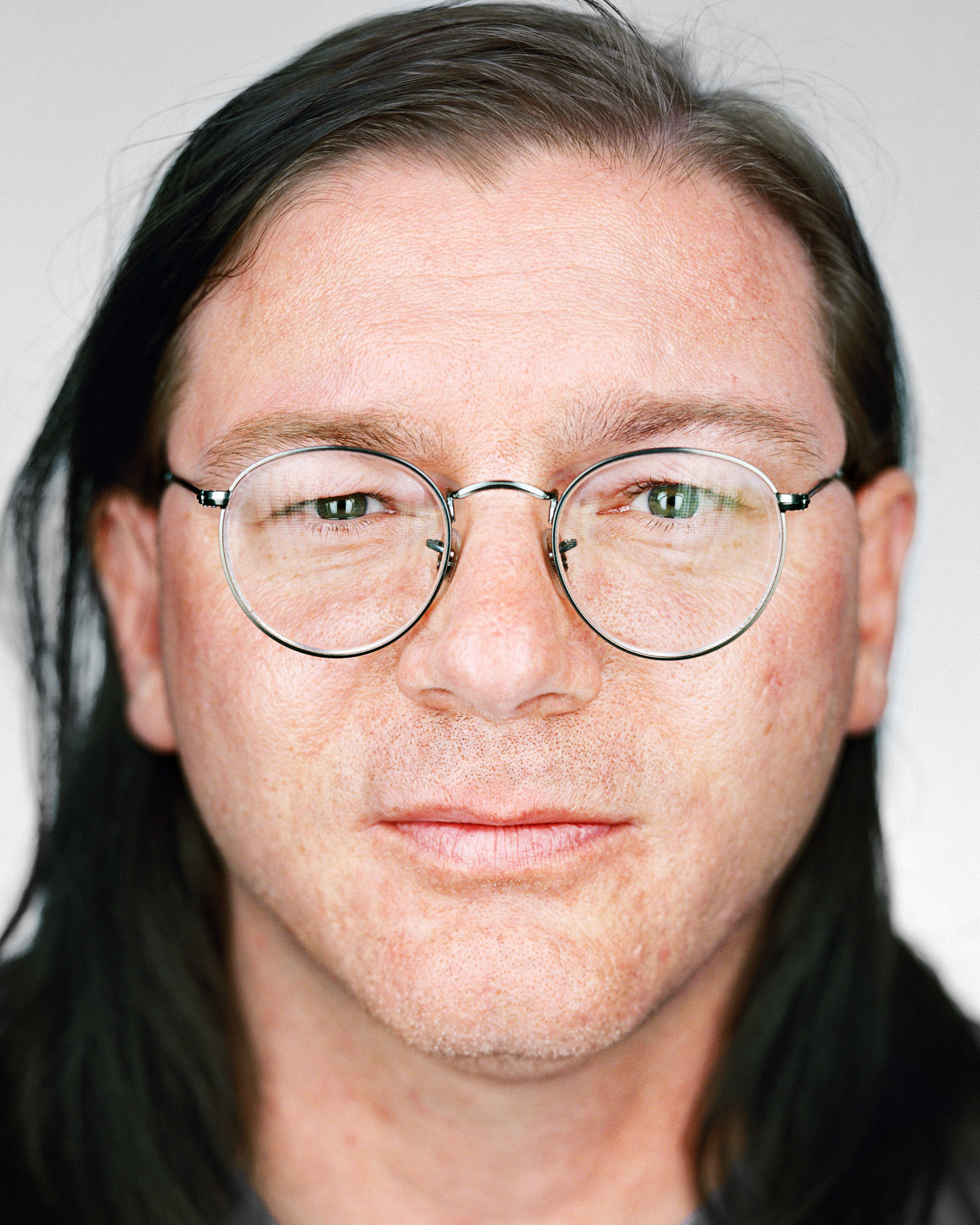
Damon Thibodeaux
Damon Thibodeaux spent fifteen years on death row for a crime he did not commit.
“My name is Damon Thibodeaux. I spent fifteen years on Louisiana’s death row. You’re asked to go through something and you’re like, well, how can I get through this, you know? They’re trying to kill me. I thought about my son every day. He’s growing up without me. He was there the day I was released, he was there. He’s a good man. He grew up to be a good man. The sad part is, for me, the sad part is I had nothing to do with that. I missed that completely. I had no part in him becoming the man he is. They stole that from me. I can’t get that back. I was exonerated in 2012. The same judge who sent me to death row with the same district attorney in office, was the same judge, same district attorney, that released me. I walked away from death row. I walked away from that prison.”
Upon his release, Damon moved to Minneapolis to start a new life, but he initially found it hard to adjust to society. “Right now, I’m adjusting to not being behind bars, and not being told where to go, what time to go. Getting used to not having chains on. That’s a novelty for me.”
He earned his high school equivalency diploma and became a long-haul trucker. As an active member of Witness to Innocence, Damon spoke about his case and wrongful convictions, sharing his story with religious groups, business leaders, lawyers, judges and even the U.S. Senate Judiciary Committee.
Damon tragically passed away from Covid-19 complications in 2020. He was beloved by the Witness to Innocence community and all those around him.
“My name is Damon Thibodeaux. I spent fifteen years on Louisiana’s death row. You’re asked to go through something and you’re like, well, how can I get through this, you know? They’re trying to kill me. I thought about my son every day. He’s growing up without me. He was there the day I was released, he was there. He’s a good man. He grew up to be a good man. The sad part is, for me, the sad part is I had nothing to do with that. I missed that completely. I had no part in him becoming the man he is. They stole that from me. I can’t get that back. I was exonerated in 2012. The same judge who sent me to death row with the same district attorney in office, was the same judge, same district attorney, that released me. I walked away from death row. I walked away from that prison.”
Upon his release, Damon moved to Minneapolis to start a new life, but he initially found it hard to adjust to society. “Right now, I’m adjusting to not being behind bars, and not being told where to go, what time to go. Getting used to not having chains on. That’s a novelty for me.”
He earned his high school equivalency diploma and became a long-haul trucker. As an active member of Witness to Innocence, Damon spoke about his case and wrongful convictions, sharing his story with religious groups, business leaders, lawyers, judges and even the U.S. Senate Judiciary Committee.
Damon tragically passed away from Covid-19 complications in 2020. He was beloved by the Witness to Innocence community and all those around him.
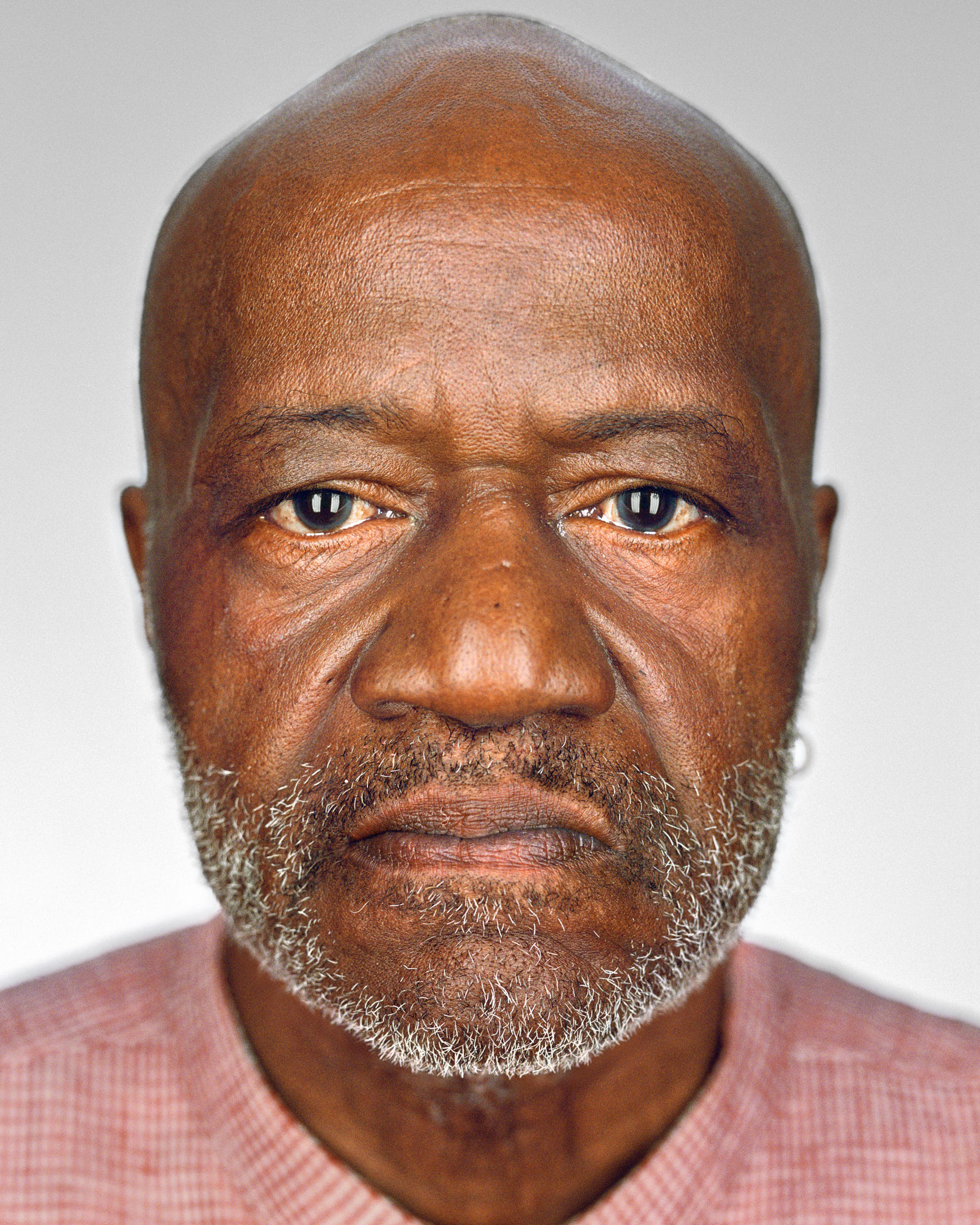
Shujaa Graham
Shujaa Graham
spent five years in prison, three years on death row for a crime he did not commit.
“It was hard for me to fully forgive. ‘Cause if I don’t fully forgive, I can never fully love. So the degree in which I forgive will determine the degree in which I can love again. I just sometimes wish everybody could really understand the depth of the pain. I wish I could turn back the hands of time, but I can't. All I can do is do the best I can in the final days that I have left. And that's to do good. I'm not a religious person, but I got one goal in mind, that's to do good. I'm not perfect, but that's my goal. It is a battle each and every day, but that's why they call it the struggle, you know?”
Shujaa now lives in Takoma Park, Maryland with his partner, Phyllis Prentice, and both are active members of Witness to Innocence. Shujaa serves as WTI's Peer Organizer, providing guidance and support to other exonerees, and was previously Vice Chair. He travels the country giving impassioned lectures on the death penalty, the criminal justice system, racism, and gang violence to people around the world.
“It was hard for me to fully forgive. ‘Cause if I don’t fully forgive, I can never fully love. So the degree in which I forgive will determine the degree in which I can love again. I just sometimes wish everybody could really understand the depth of the pain. I wish I could turn back the hands of time, but I can't. All I can do is do the best I can in the final days that I have left. And that's to do good. I'm not a religious person, but I got one goal in mind, that's to do good. I'm not perfect, but that's my goal. It is a battle each and every day, but that's why they call it the struggle, you know?”
Shujaa now lives in Takoma Park, Maryland with his partner, Phyllis Prentice, and both are active members of Witness to Innocence. Shujaa serves as WTI's Peer Organizer, providing guidance and support to other exonerees, and was previously Vice Chair. He travels the country giving impassioned lectures on the death penalty, the criminal justice system, racism, and gang violence to people around the world.
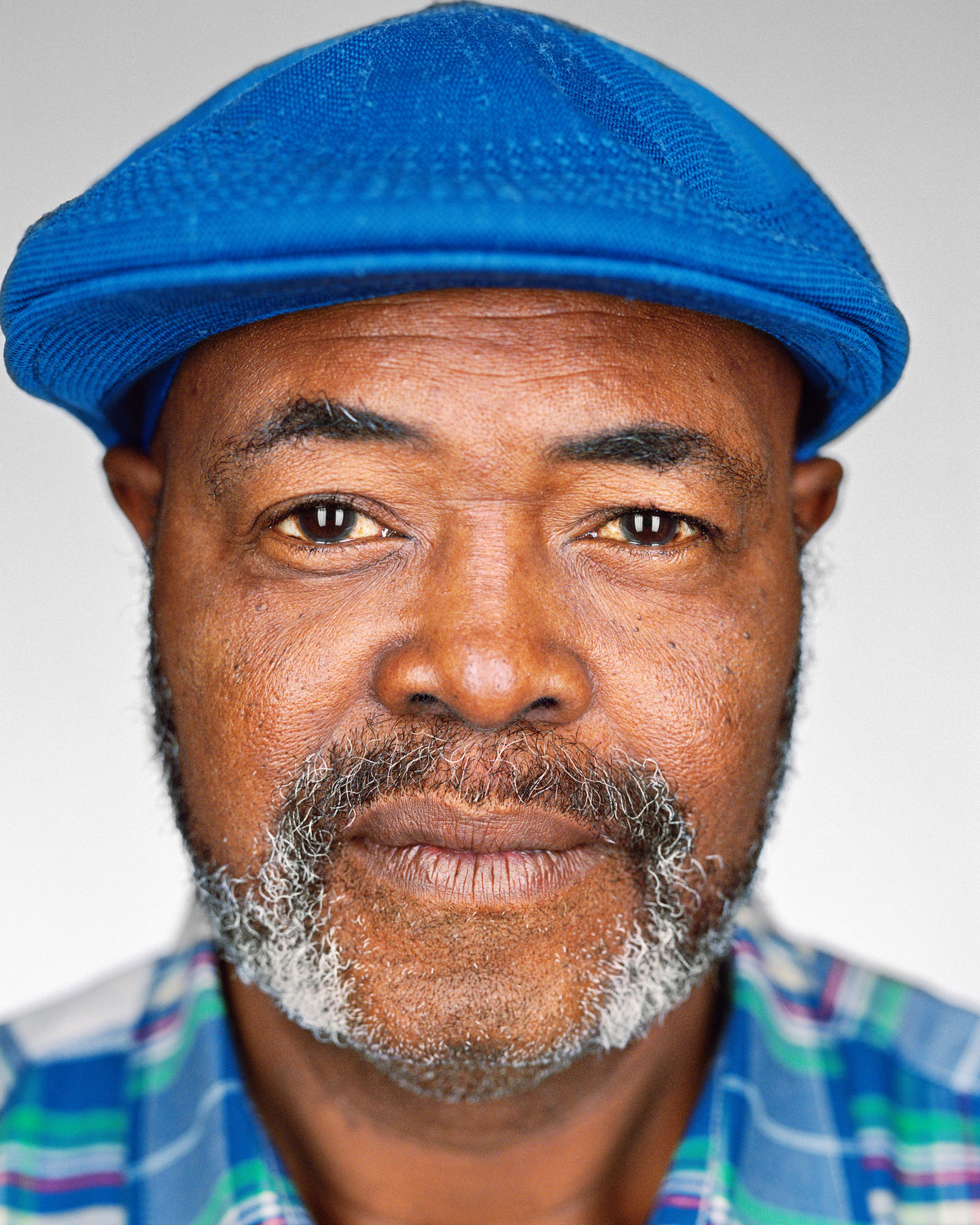
Kwame Ajamu
Kwame Ajamu spent twenty-eight years in prison, two years on death row for a crime he did not commit.
“I was sitting in the holding cell in the courthouse before they brought us back to the old jail. I had got sentenced to die, and I was just 17. I’ll never forget the deputy that came to get me was an older black man. He might have been maybe 60-61 years old. And I never forget, he came to the cell and he looked at me and said, ‘Come on baby, I have to take you back.’ And that’s when I realized my life would change forever. Because up to that point the guards weren’t nice to nobody. But I could see the father in him, you know. I could see the hurt on his face. He was going to take this kid to a cell, and he knew they were sending him to die. I could just see it. And it radiated. I got it. I got it. I never forgot him.”
Kwame Ajamu, Chairman of the Board of Witness to Innocence, was sentenced to death as a teenager in 1975 along with his brother Wiley Bridgeman and friend Ricky Jackson. He was wrongfully incarcerated for 28 years, from age 17-45. In 2014, he was fully exonerated, having lived 39 years with the stigma of wrongful conviction.
Kwame dedicates his life to death penalty abolition and criminal justice reform. His advocacy for incarcerated people and their loved ones began in prison, where he worked to establish educational programs and mentored fellow inmates. His own future uncertain, he lobbied successfully for a culinary school so others would have employable skills. Today, he lives in Ohio with LaShawn Ajamu, his wife of 16 years, and shares his story with audiences worldwide, including legislators, judges, prosecutors and law enforcement personnel.
Despite his ordeal in a cell just wide enough to stretch his arms, with execution looming, Kwame forgives the then 13-year-old who falsely testified against him, recognizing how he was cruelly coerced by police. He focuses instead on the systemic racism and injustice that hurts not only the falsely accused and imprisoned, but their families and those who work in the system.
“I was sitting in the holding cell in the courthouse before they brought us back to the old jail. I had got sentenced to die, and I was just 17. I’ll never forget the deputy that came to get me was an older black man. He might have been maybe 60-61 years old. And I never forget, he came to the cell and he looked at me and said, ‘Come on baby, I have to take you back.’ And that’s when I realized my life would change forever. Because up to that point the guards weren’t nice to nobody. But I could see the father in him, you know. I could see the hurt on his face. He was going to take this kid to a cell, and he knew they were sending him to die. I could just see it. And it radiated. I got it. I got it. I never forgot him.”
Kwame Ajamu, Chairman of the Board of Witness to Innocence, was sentenced to death as a teenager in 1975 along with his brother Wiley Bridgeman and friend Ricky Jackson. He was wrongfully incarcerated for 28 years, from age 17-45. In 2014, he was fully exonerated, having lived 39 years with the stigma of wrongful conviction.
Kwame dedicates his life to death penalty abolition and criminal justice reform. His advocacy for incarcerated people and their loved ones began in prison, where he worked to establish educational programs and mentored fellow inmates. His own future uncertain, he lobbied successfully for a culinary school so others would have employable skills. Today, he lives in Ohio with LaShawn Ajamu, his wife of 16 years, and shares his story with audiences worldwide, including legislators, judges, prosecutors and law enforcement personnel.
Despite his ordeal in a cell just wide enough to stretch his arms, with execution looming, Kwame forgives the then 13-year-old who falsely testified against him, recognizing how he was cruelly coerced by police. He focuses instead on the systemic racism and injustice that hurts not only the falsely accused and imprisoned, but their families and those who work in the system.
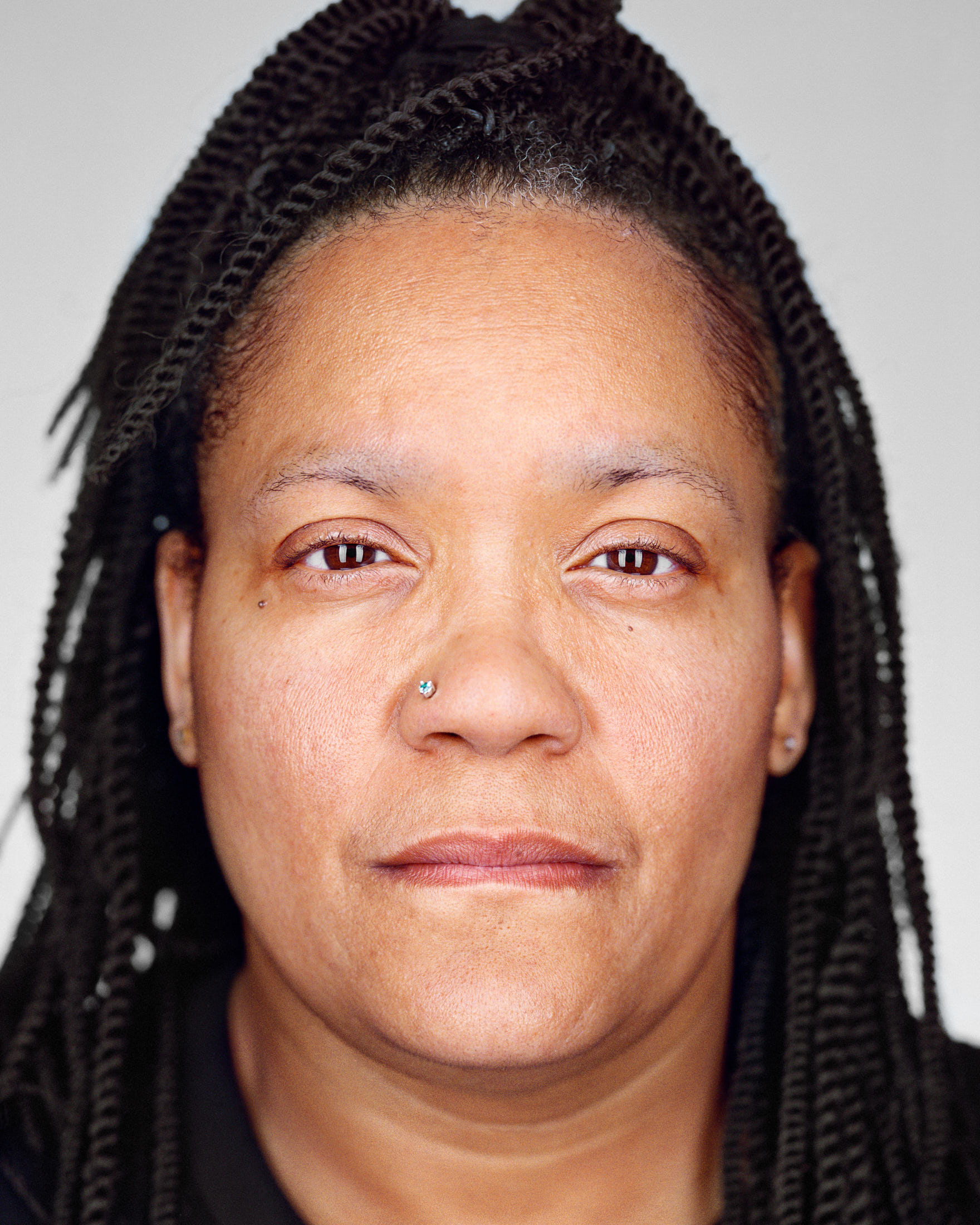
Sabrina Butler-Smith
Sabrina Bulter-Smith spent five years in prison, three years on death row, for a crime she did not commit.
“I was 19 years old when I made it to death row. I had never been incarcerated before so I didn’t know what to expect. When they take you in, they strip you of everything that you thought was yours; it’s not yours anymore. They put bug spray in my hair. They put you in these tanks like you’re animals. They gave me a number, took pictures. On my name tag it had ‘Capital Murder.’ That was humiliating. But the walk to max security was hard for me, because the officer that walked beside me told me, ‘You see those inmates out there in the field? We tell them when to go to sleep, when to get up, what to eat. You will die here.’ And when he said that to me, I didn’t know what to do. All I could do was cry, cause here is somebody telling you you that you gonna die. What would you do if someone said that to you? You know, your life is not your own anymore. You’re a ward of the state and whatever they say, that’s what goes.”
Sabrina Butler-Smith was a loving teenage mother when she was wrongfully convicted in the death of her nine-month-old son, Walter, in Mississippi. She was later exonerated of all wrongdoing, after spending six and a half years incarcerated, two of those years on death row. She was the first woman exonerated from death row in the US.
On April 12, 1989, Sabrina rushed Walter to the hospital after he suddenly stopped breathing. Sadly, attempts to resuscitate her baby failed and he died the next day. Still in shock, Sabrina was questioned without an attorney or her parents present, and Walter’s hereditary medical conditions were ignored. She endured her loss and grief alone in prison until her second trial proved her innocence.
Sabrina now lives in Memphis, blessed with three thriving children. She speaks as often as she can to the public and media about her tragic story and works to change legislation regarding the death penalty and criminal justice, determined to make the system better so others, especially youth, do not have to experience what she did.
”I'm a soldier and I'm going to do exactly what it takes. …because if it happened to me, it could happen to you, it could happen to anyone. But kids are more vulnerable… a lot of children get mixed up…they really don't understand that whatever you say can be used against you. I want to change the law because, you know, I was a child when this happened to me.”
“I was 19 years old when I made it to death row. I had never been incarcerated before so I didn’t know what to expect. When they take you in, they strip you of everything that you thought was yours; it’s not yours anymore. They put bug spray in my hair. They put you in these tanks like you’re animals. They gave me a number, took pictures. On my name tag it had ‘Capital Murder.’ That was humiliating. But the walk to max security was hard for me, because the officer that walked beside me told me, ‘You see those inmates out there in the field? We tell them when to go to sleep, when to get up, what to eat. You will die here.’ And when he said that to me, I didn’t know what to do. All I could do was cry, cause here is somebody telling you you that you gonna die. What would you do if someone said that to you? You know, your life is not your own anymore. You’re a ward of the state and whatever they say, that’s what goes.”
Sabrina Butler-Smith was a loving teenage mother when she was wrongfully convicted in the death of her nine-month-old son, Walter, in Mississippi. She was later exonerated of all wrongdoing, after spending six and a half years incarcerated, two of those years on death row. She was the first woman exonerated from death row in the US.
On April 12, 1989, Sabrina rushed Walter to the hospital after he suddenly stopped breathing. Sadly, attempts to resuscitate her baby failed and he died the next day. Still in shock, Sabrina was questioned without an attorney or her parents present, and Walter’s hereditary medical conditions were ignored. She endured her loss and grief alone in prison until her second trial proved her innocence.
Sabrina now lives in Memphis, blessed with three thriving children. She speaks as often as she can to the public and media about her tragic story and works to change legislation regarding the death penalty and criminal justice, determined to make the system better so others, especially youth, do not have to experience what she did.
”I'm a soldier and I'm going to do exactly what it takes. …because if it happened to me, it could happen to you, it could happen to anyone. But kids are more vulnerable… a lot of children get mixed up…they really don't understand that whatever you say can be used against you. I want to change the law because, you know, I was a child when this happened to me.”
Maurice Gluck
Berthe Badehi
Hannah Goslar-Pick

Ruth Zuman
Ruth
Zuman was born in Eržvilkas, Lithuania, in 1934. Ruth was relocated
to the Eržvilkas ghetto, but she managed to escape and fled to the
woods, where she was hidden by various Christian families who saved
her life.
"We must strive to be good and kind and to deal with each other with kindness and empathy. The only way to survive this life is to help those around us."
"We must strive to be good and kind and to deal with each other with kindness and empathy. The only way to survive this life is to help those around us."

Maurice Gluck
Maurice
Gluck was born in Antwerp, Belgium, in 1938. Maurice and his family
attempted to flee Antwerp, but were stopped at the border. Maurice
was hidden by a Christian family in Brussels, who were later
recognized by Yad Vashem as Righteous Among the Nations.
"Do not ever forget, but try to forgive. In this world, there are good people and bad people. Try to find the good ones."
"Do not ever forget, but try to forgive. In this world, there are good people and bad people. Try to find the good ones."

Batsheva Degan
Batsheva
Dagan was born in Łódź, Poland, in 1925. Batsheva was relocated to
the Warsaw and Radom ghettos. She worked under a false identity as a
house cleaner for a Nazi family in Schweina, Germany. She was
discovered and deported to the Auschwitz-Birkenau concentration and
extermination camp, and then sent on a death march to the Ravensbrück
and Malchow concentration camps.
"It is important to distinguish between good and evil, and seek out the good. Find your faith. It is ultimately the choice of each individual to choose how to live. It is my wish that the next generations will choose to live positive and creative lives."
"It is important to distinguish between good and evil, and seek out the good. Find your faith. It is ultimately the choice of each individual to choose how to live. It is my wish that the next generations will choose to live positive and creative lives."

Masha Wolfsthal
Masha
Wolfsthal was born in Kamień Koszyrski, Poland (today Belarus), in
1935. Masha was relocated to the Kamień Koszyrski ghetto. Later, she
was hidden in the forest by Christians, who were later recognized by
Yad Vashem as Righteous Among the Nations.
"It is critical for us to learn how to interact with each other with empathy and patience. People should learn to be more forgiving of others in their lives."
"It is critical for us to learn how to interact with each other with empathy and patience. People should learn to be more forgiving of others in their lives."

